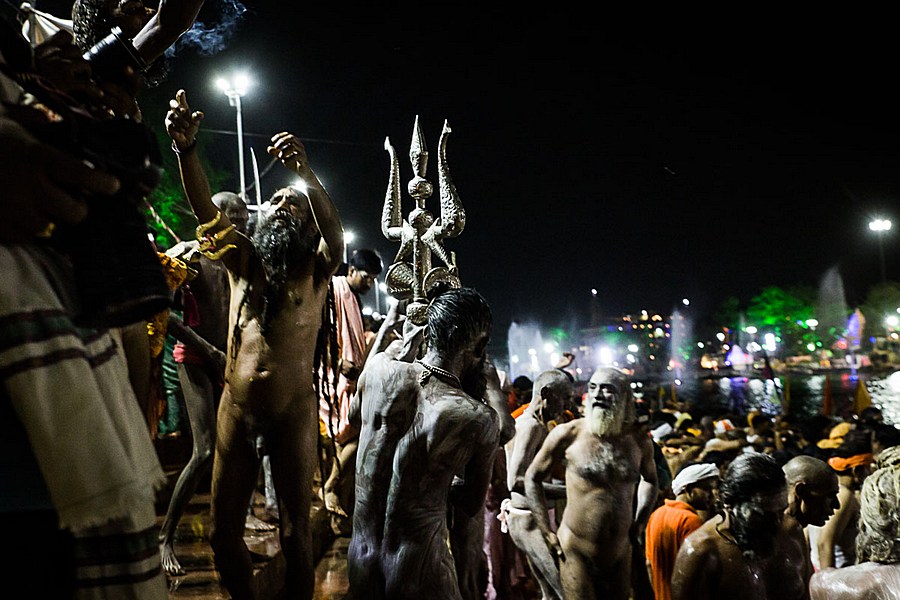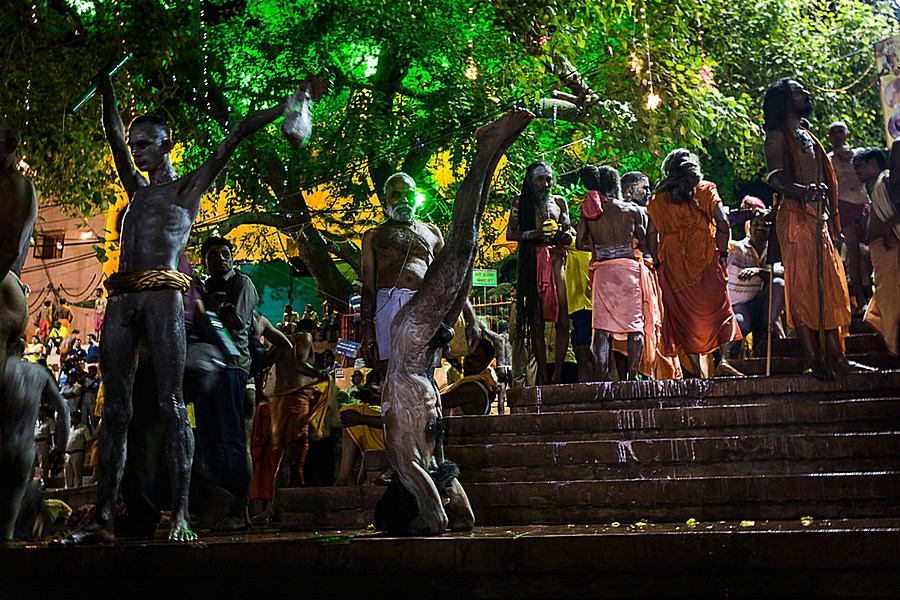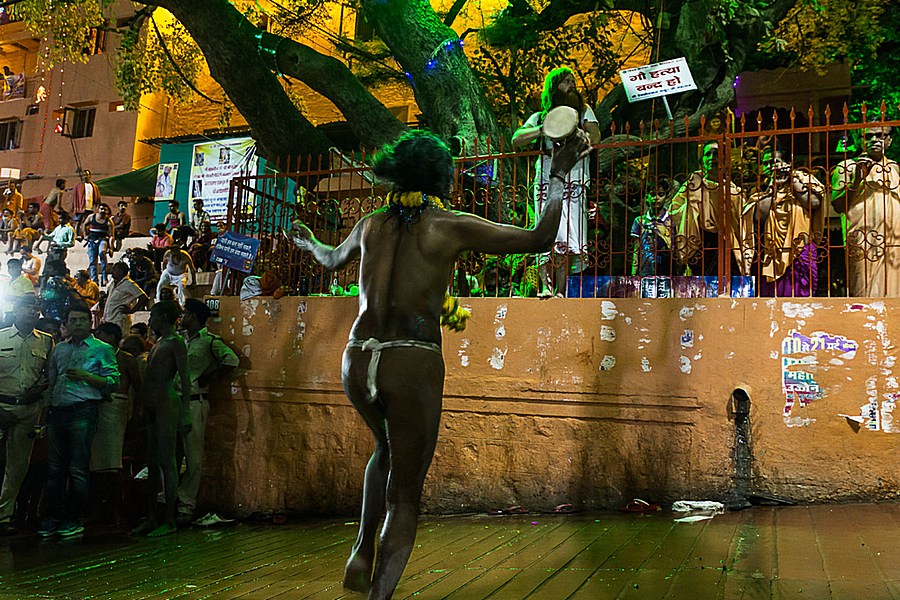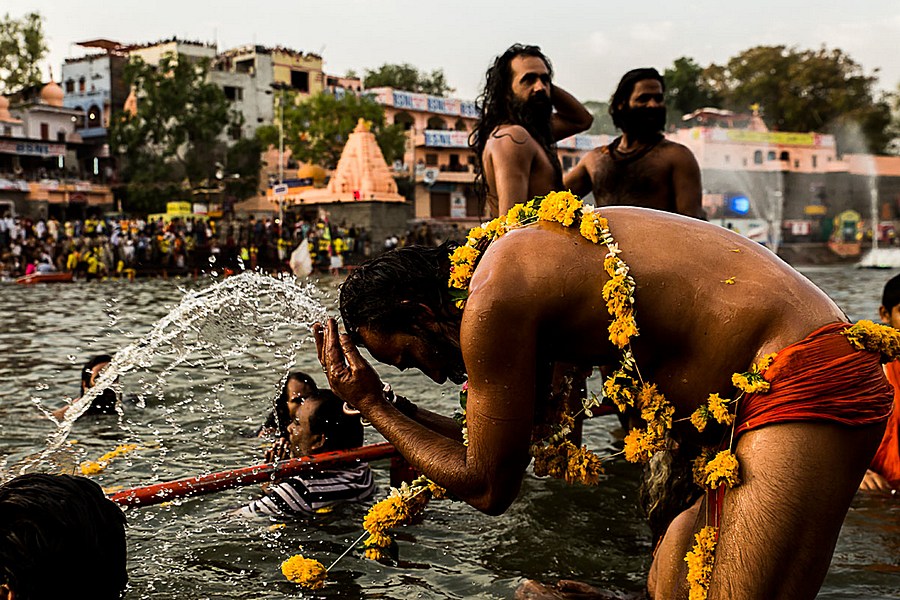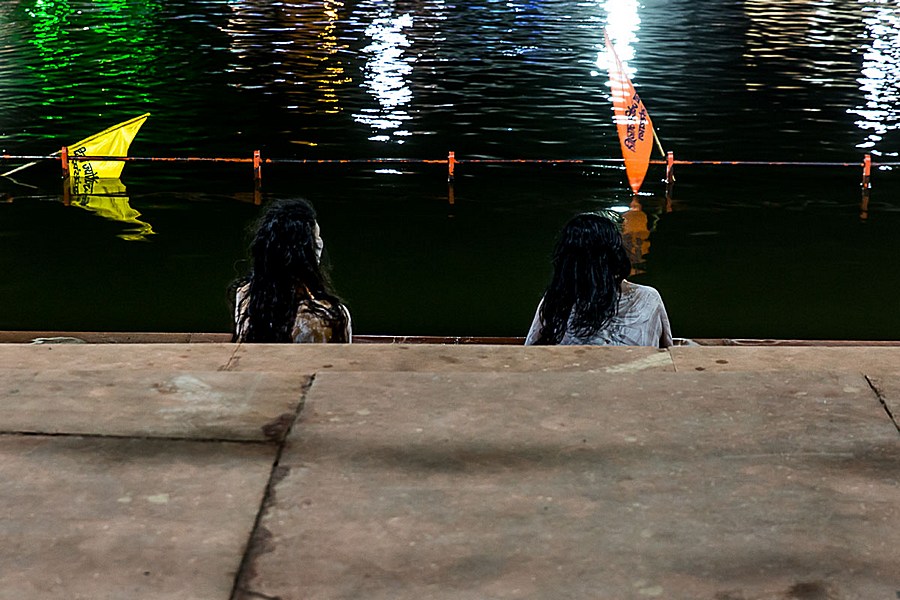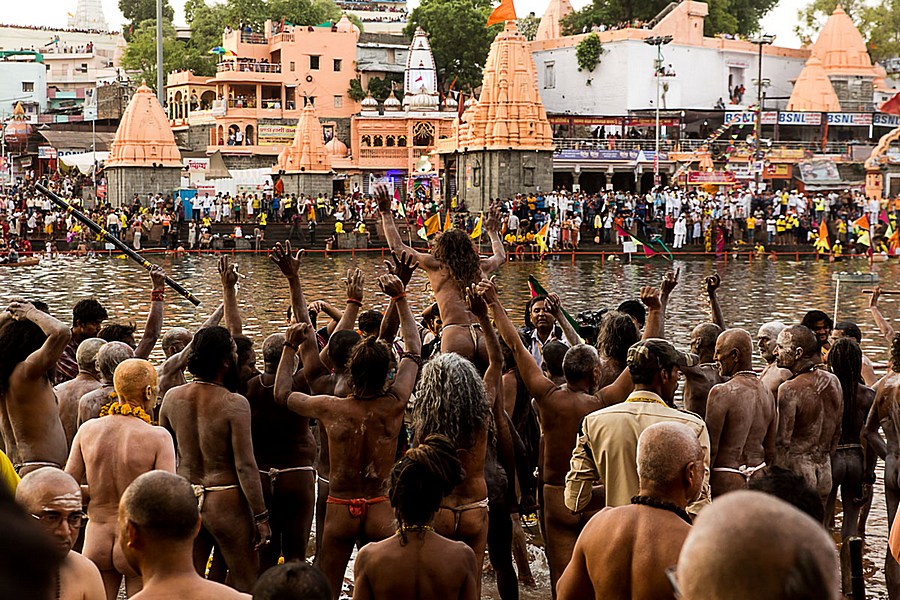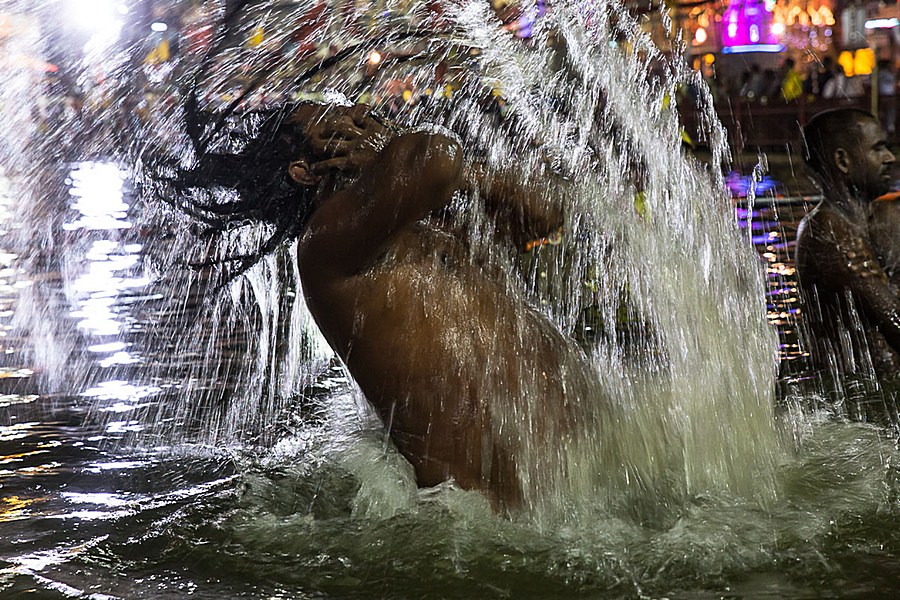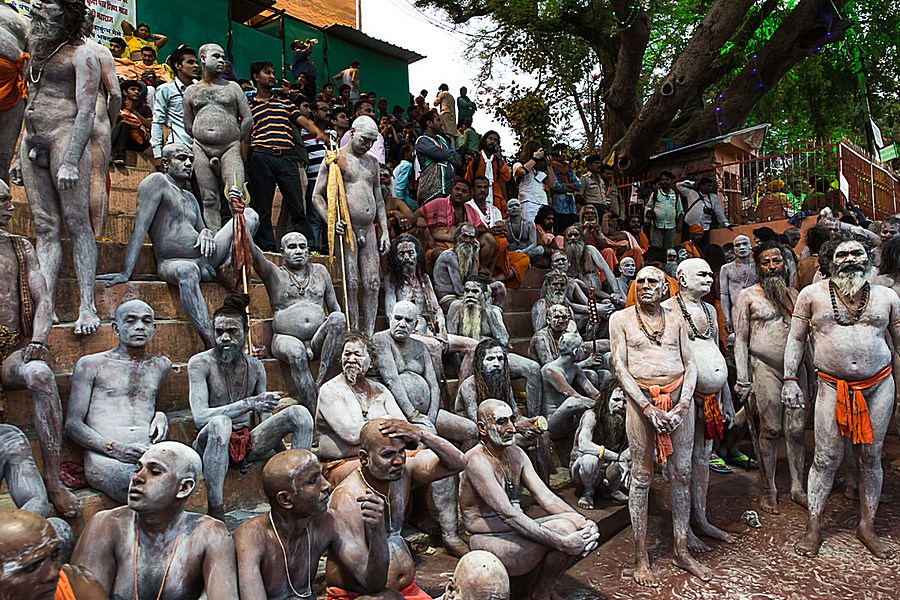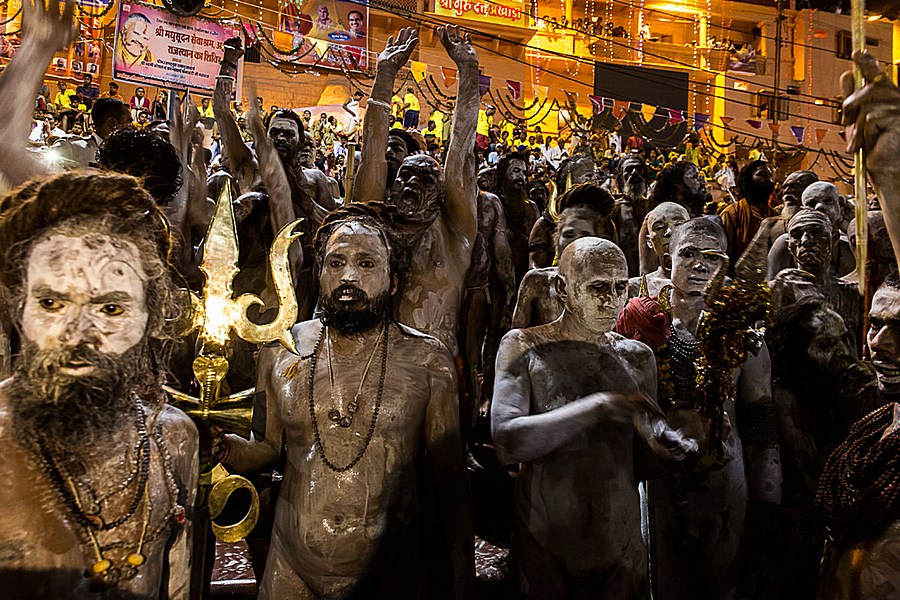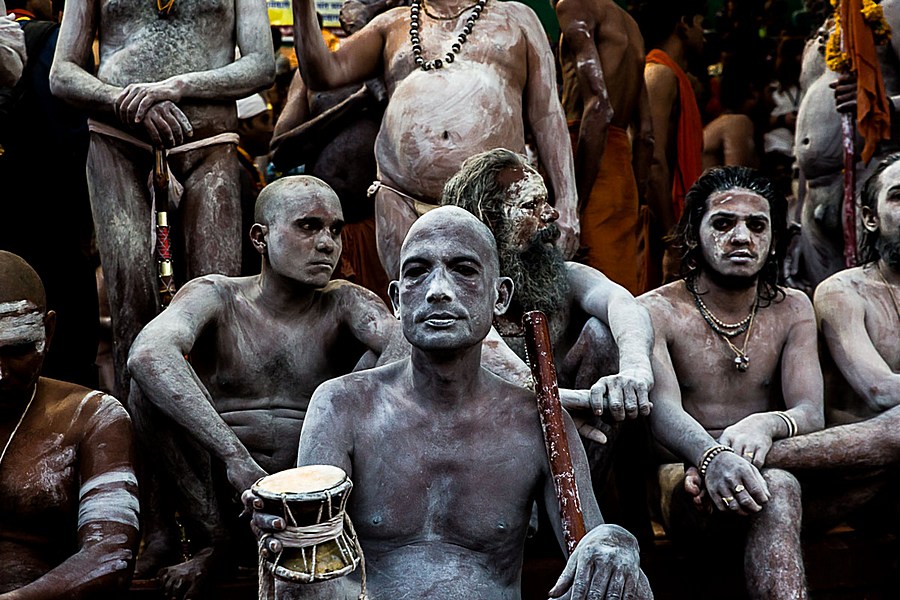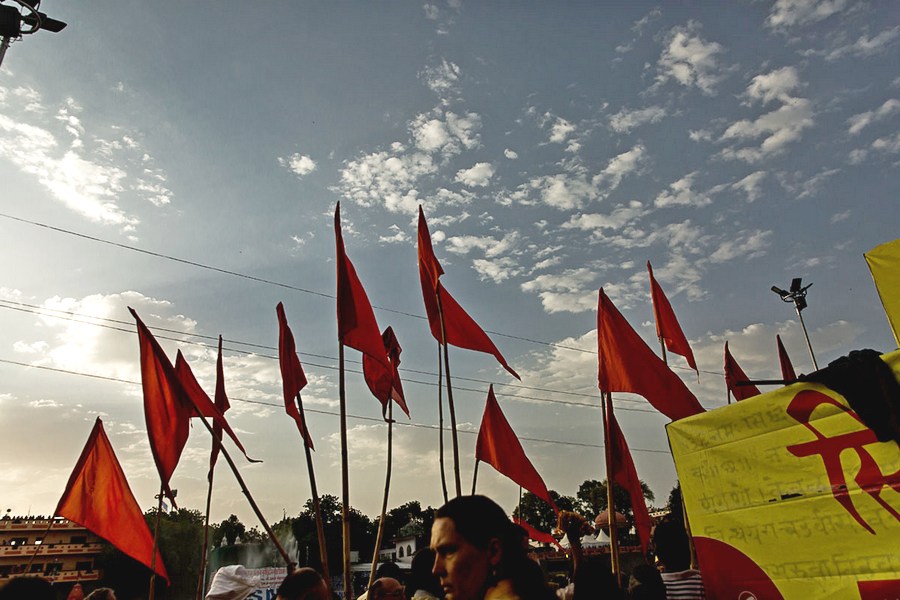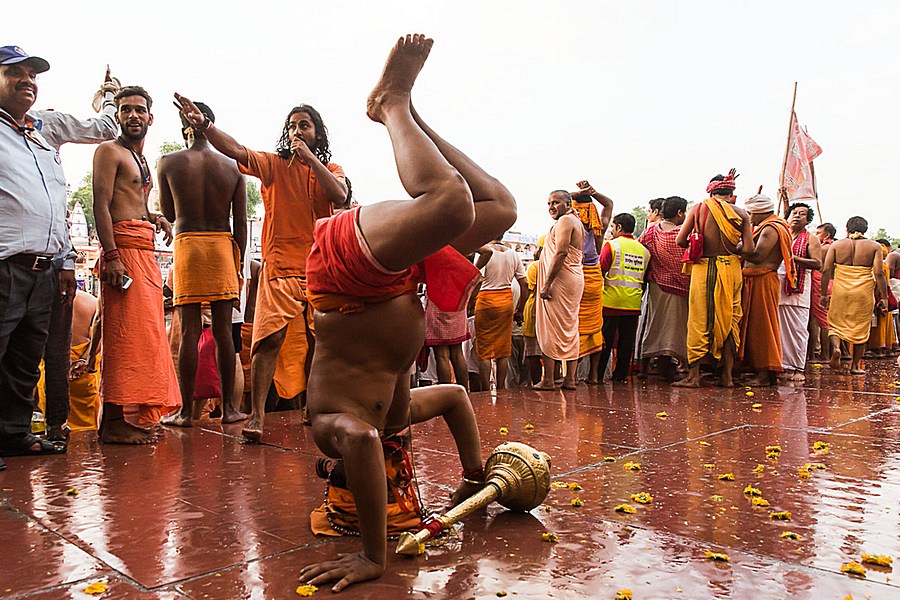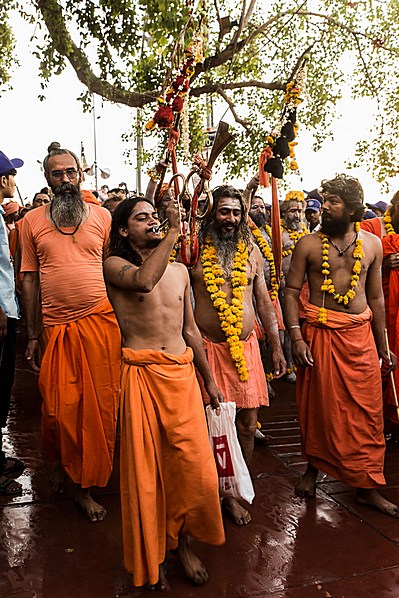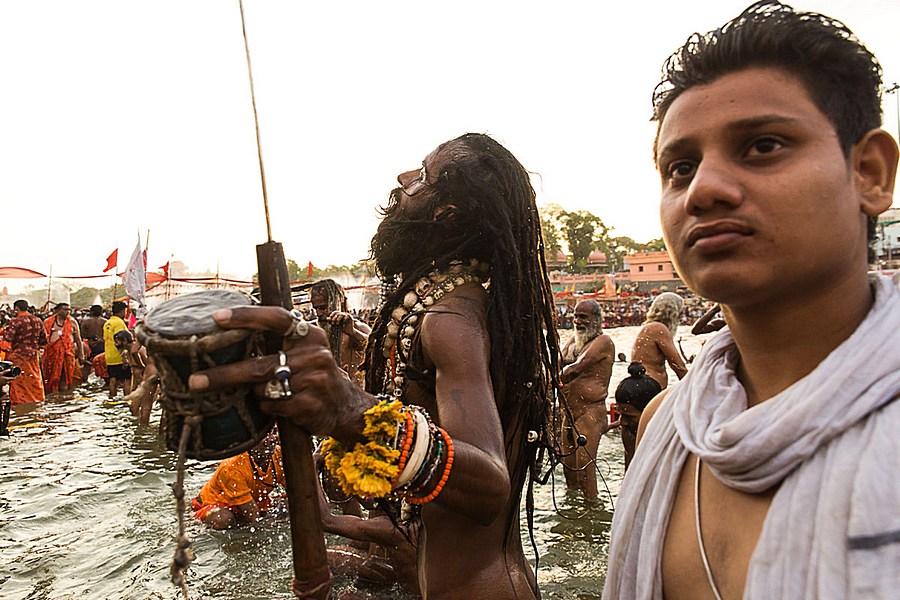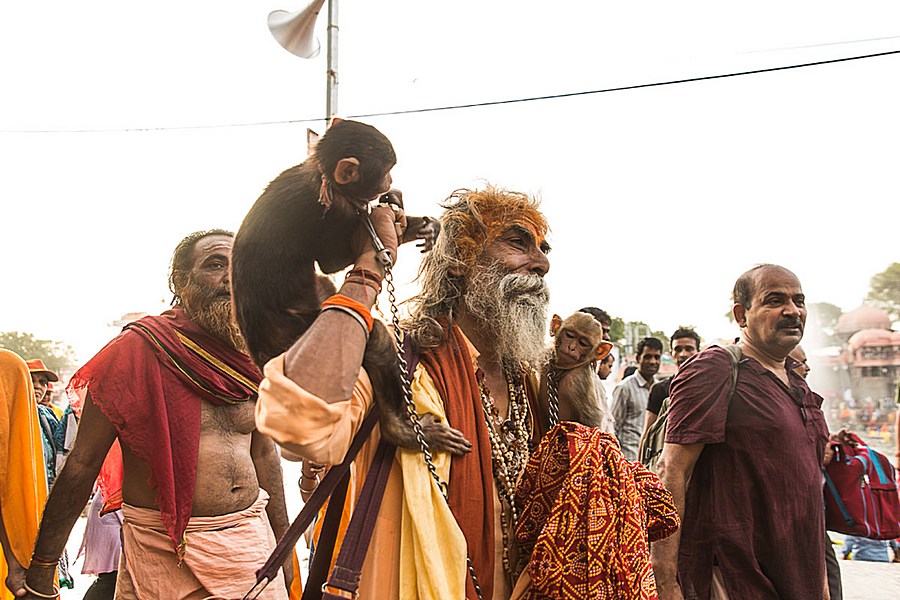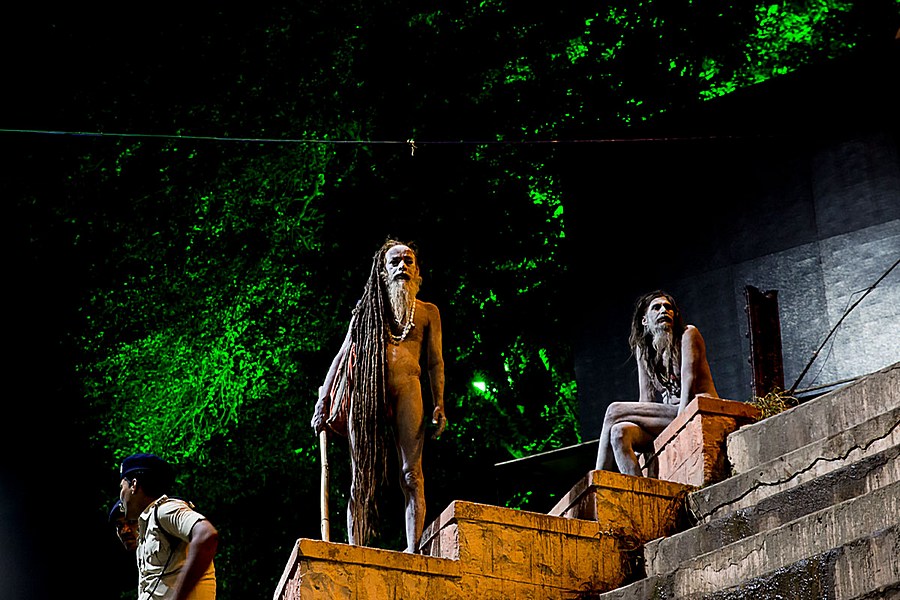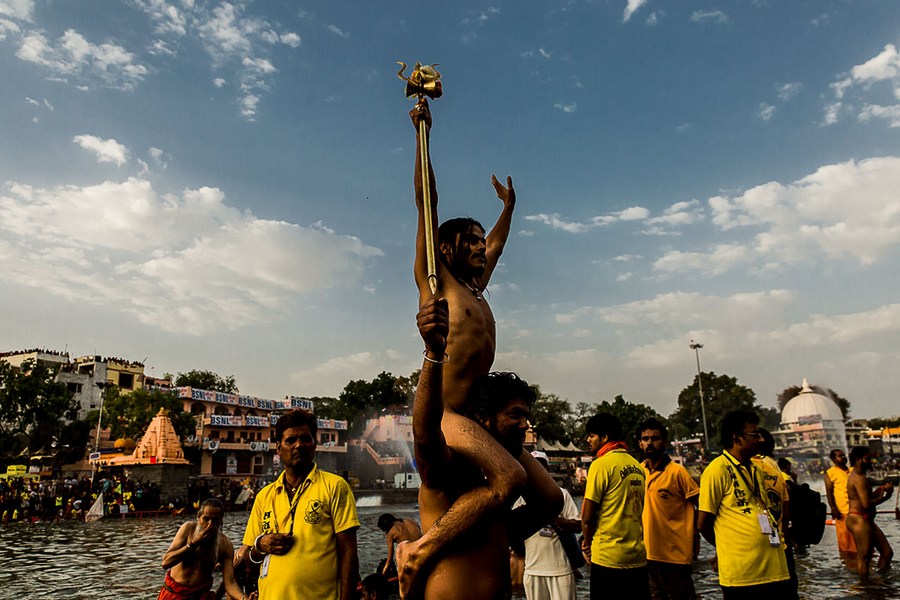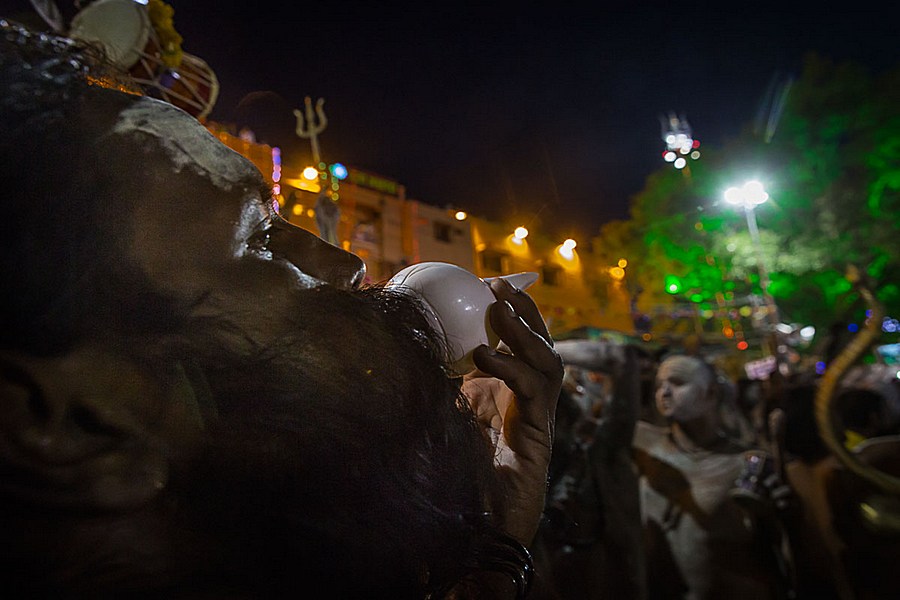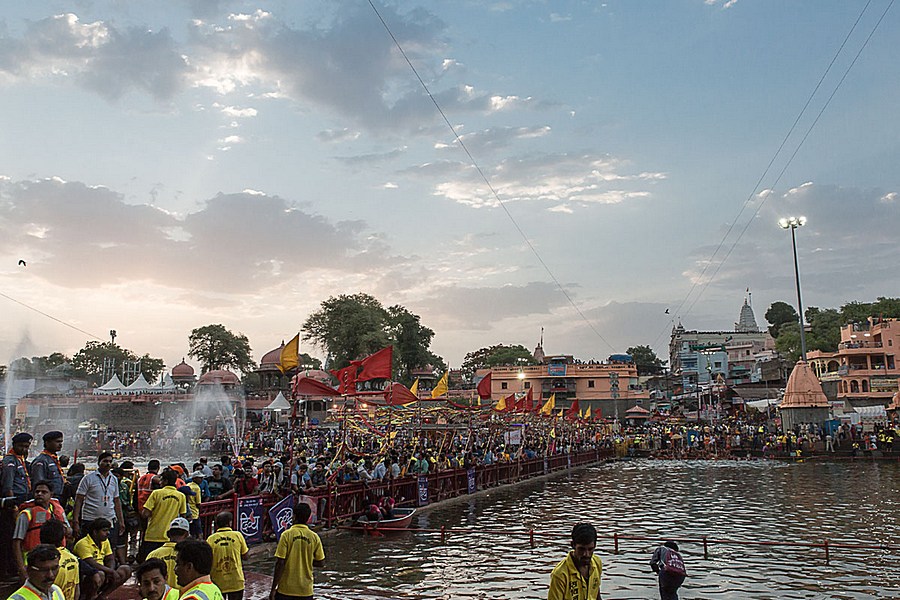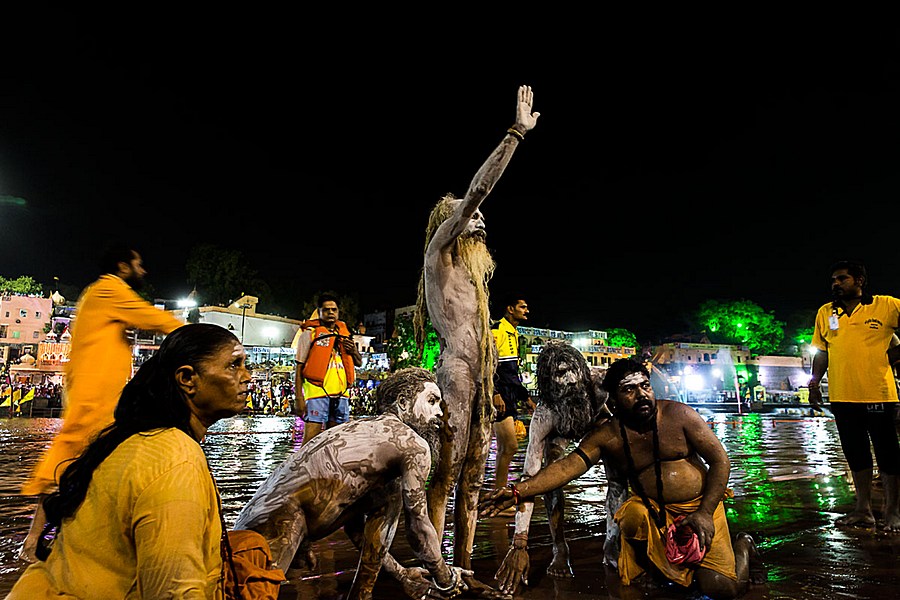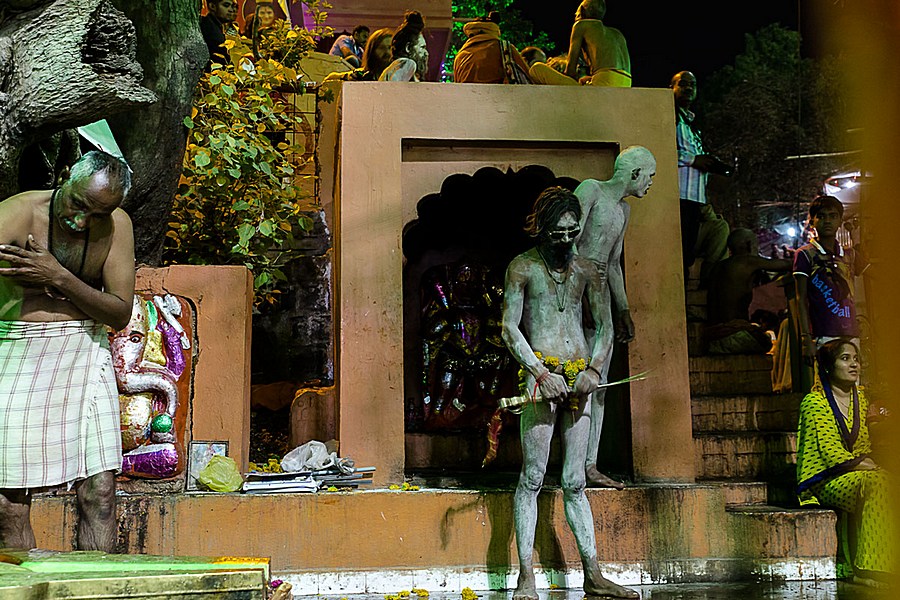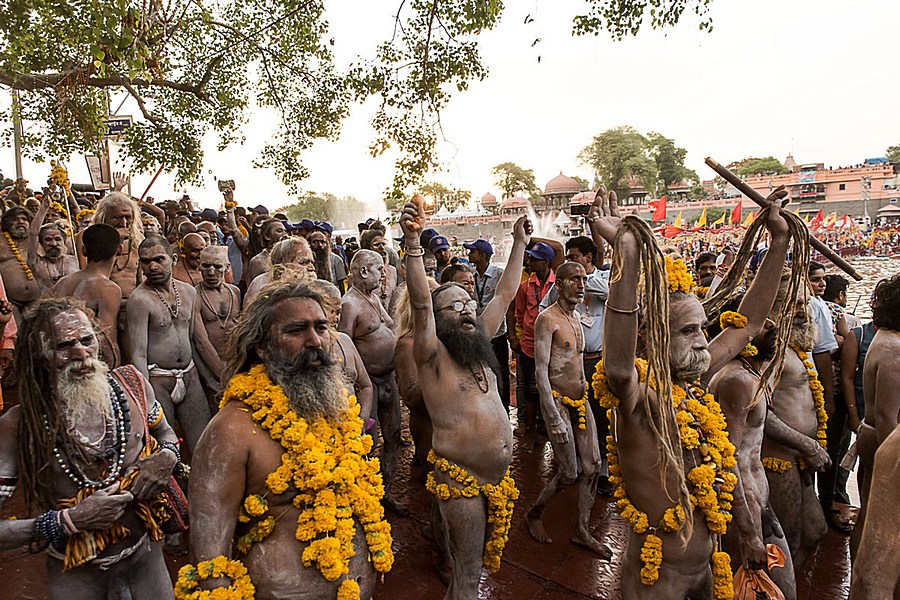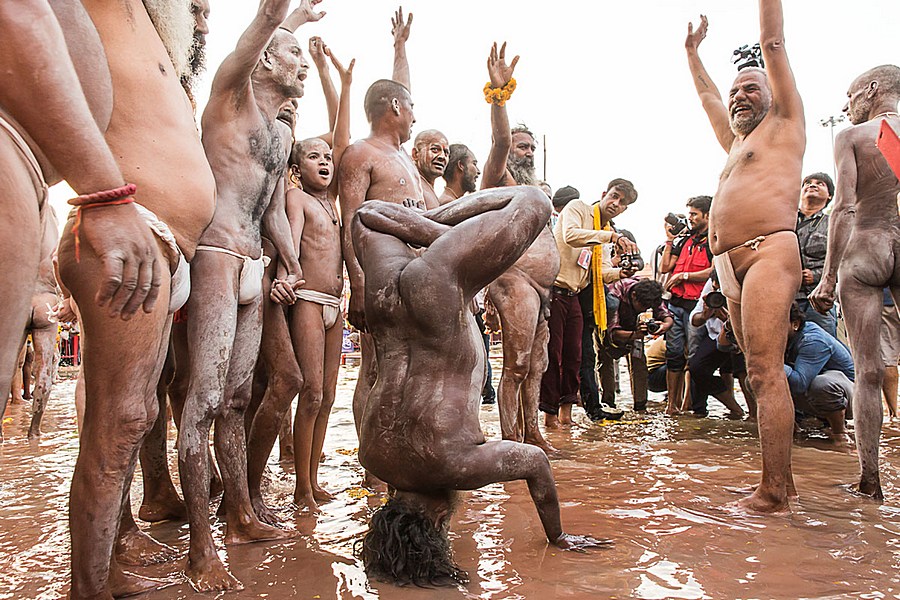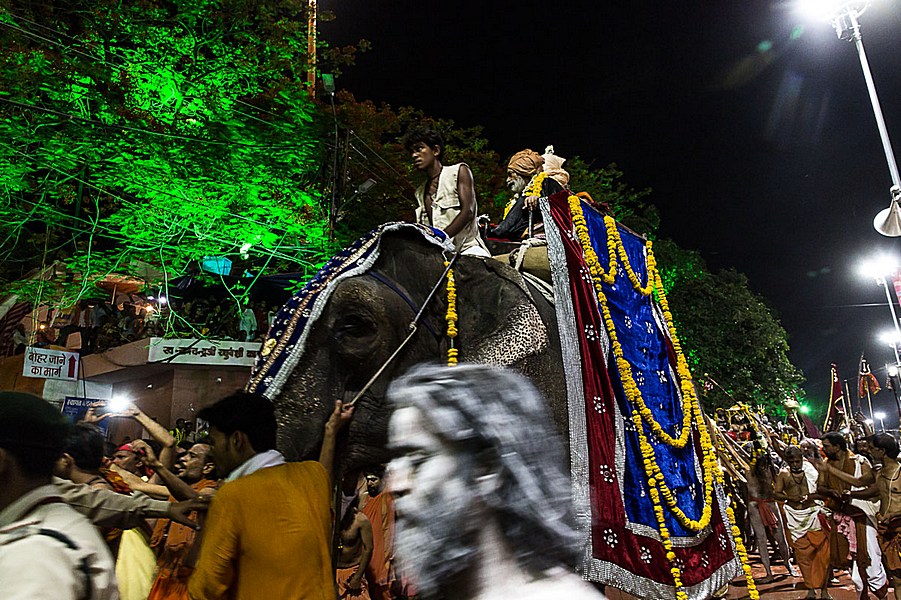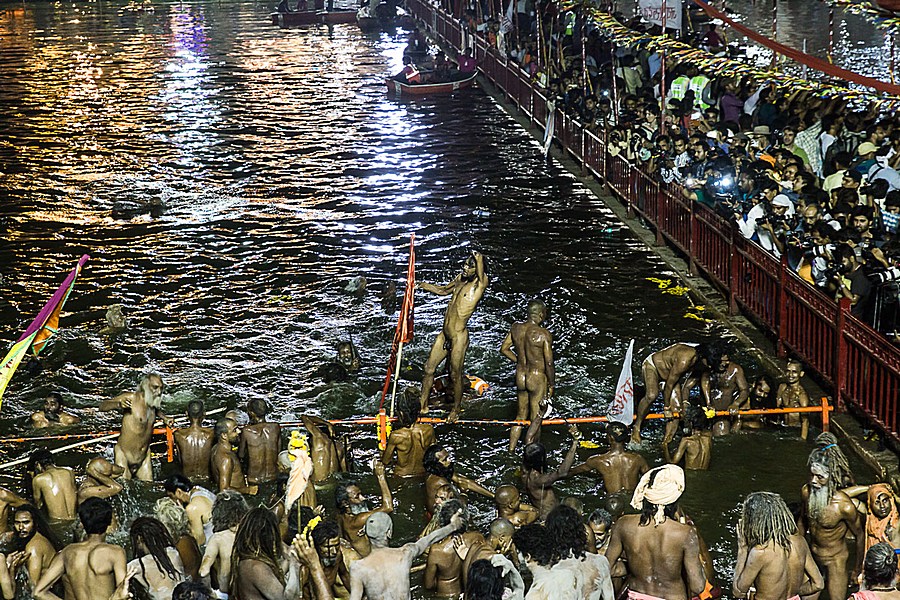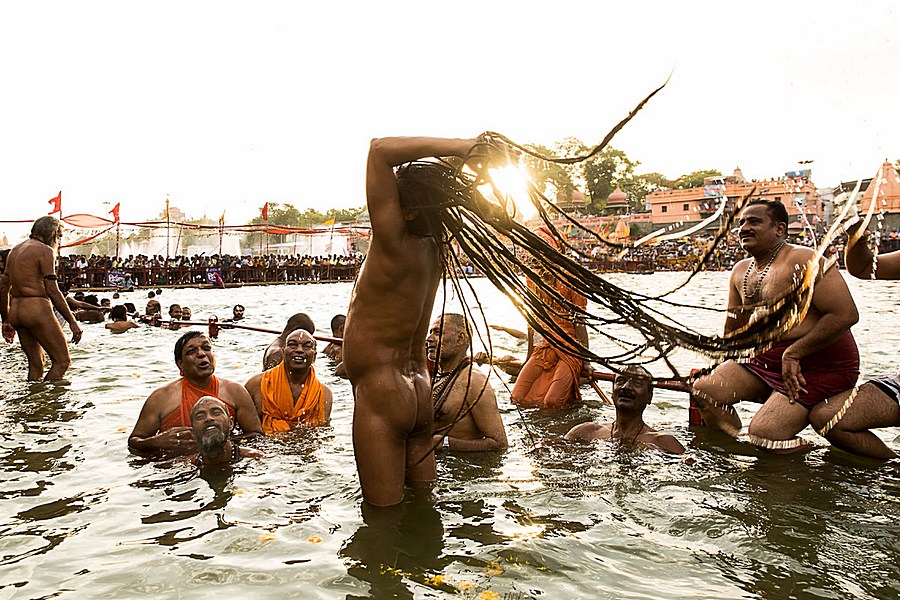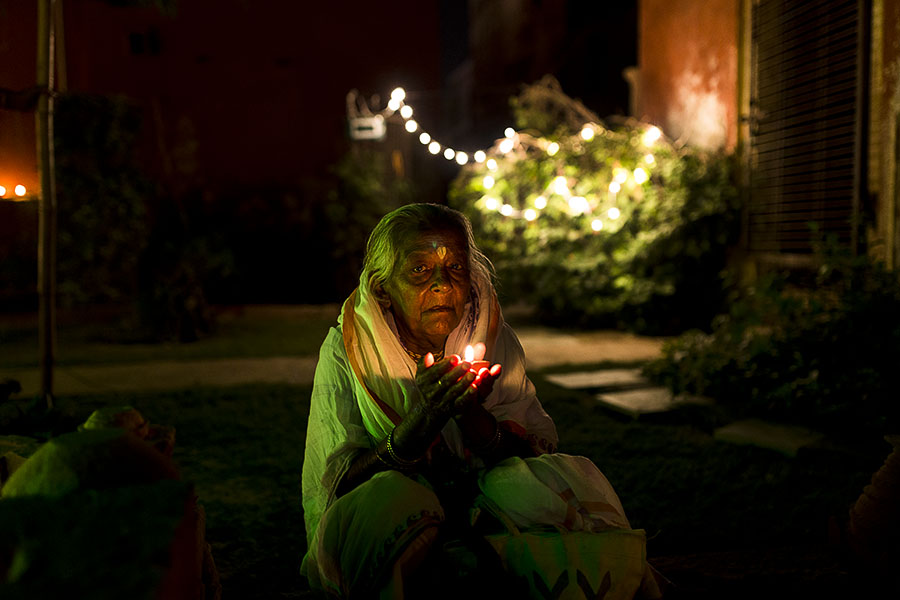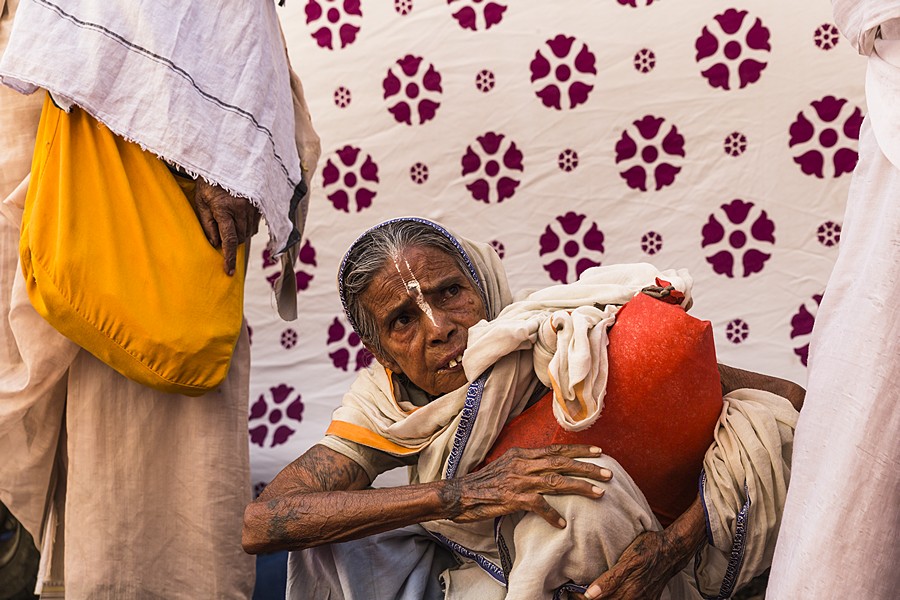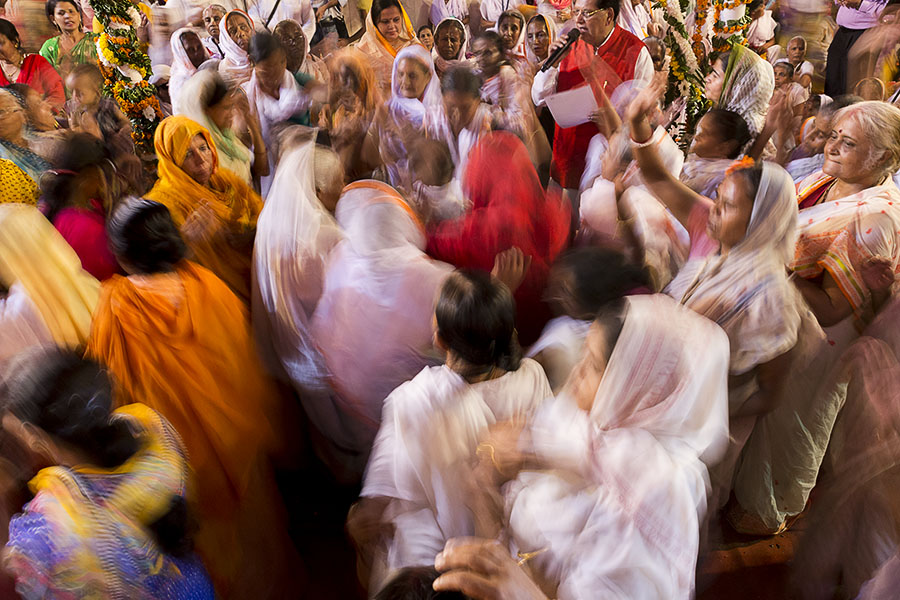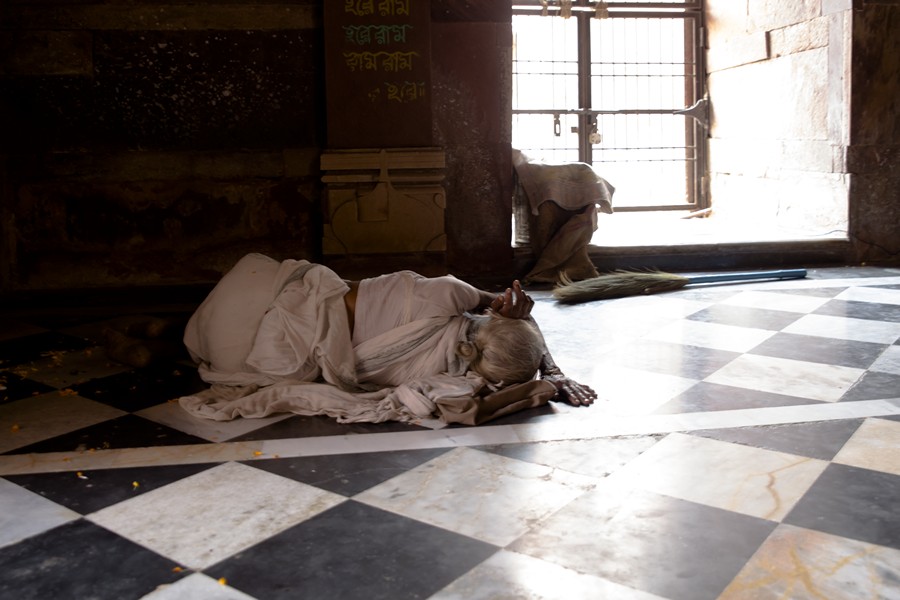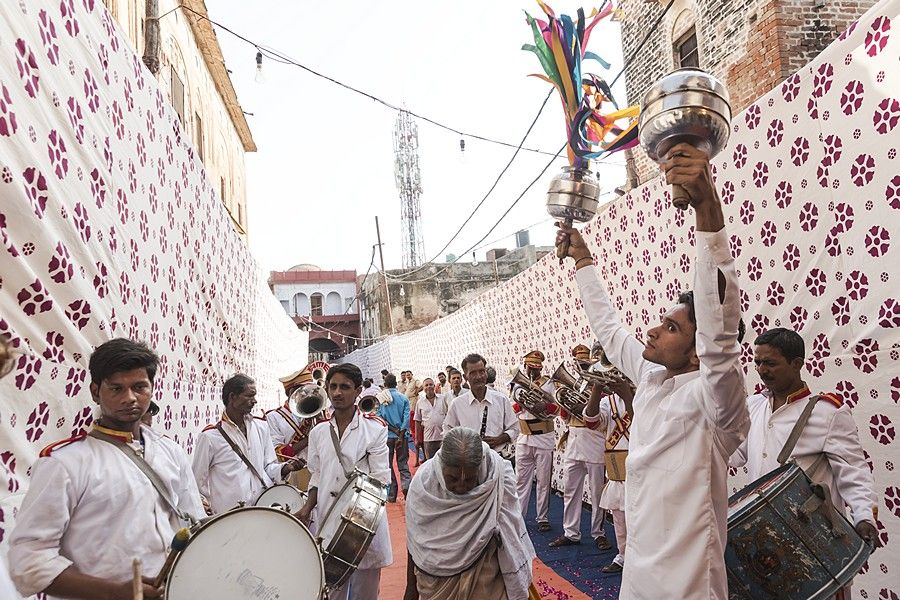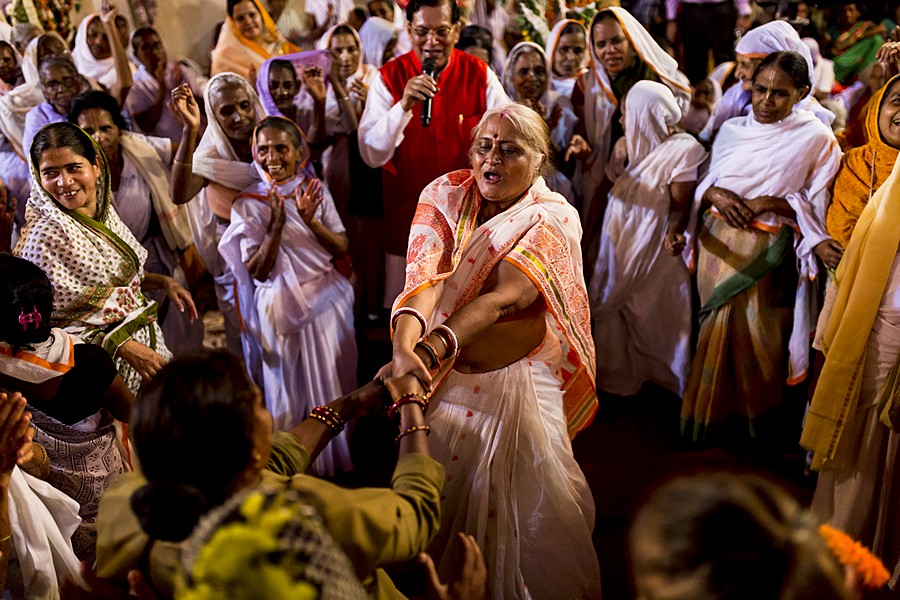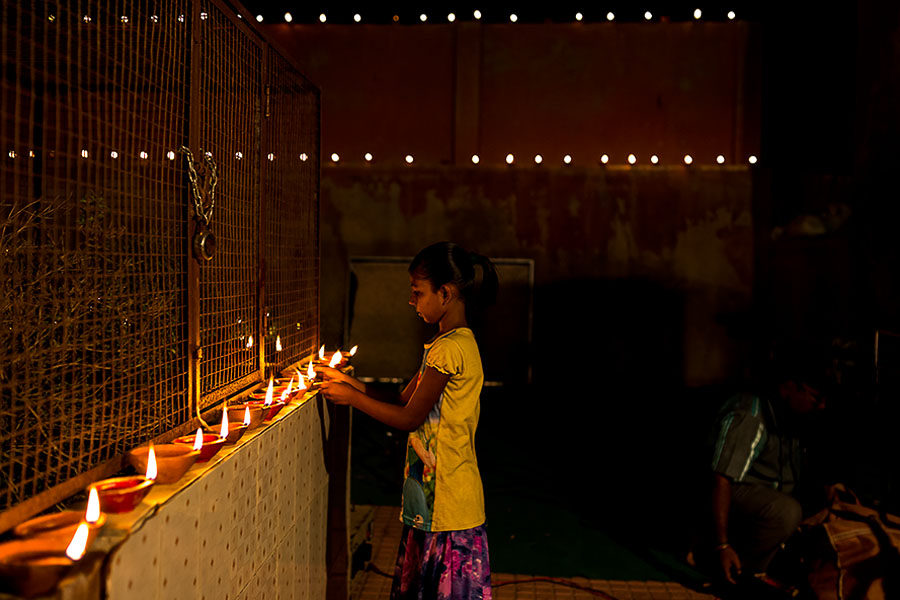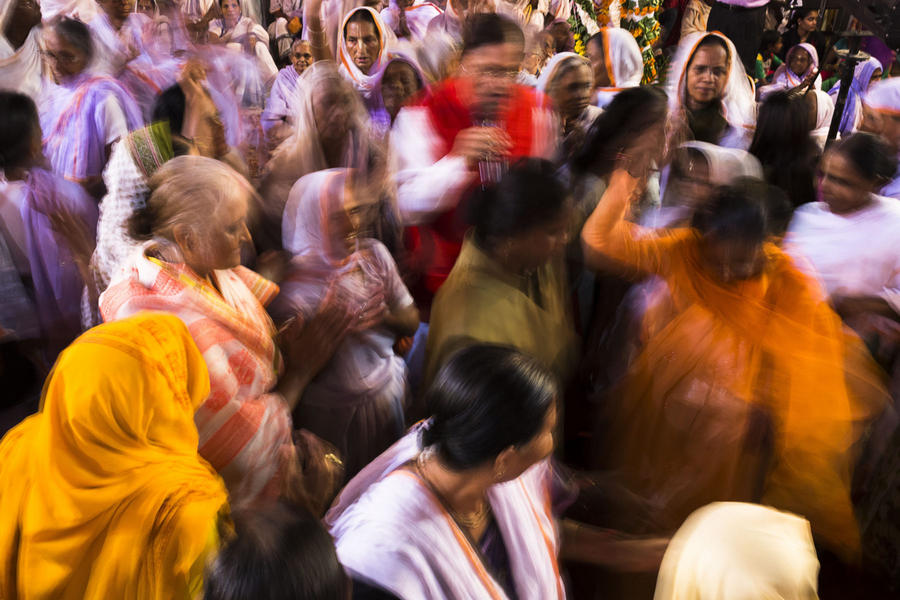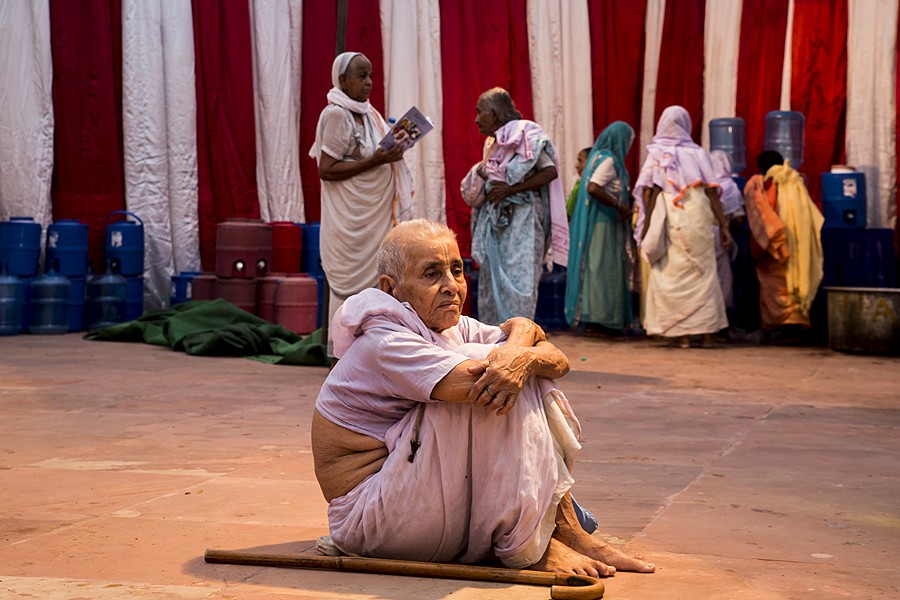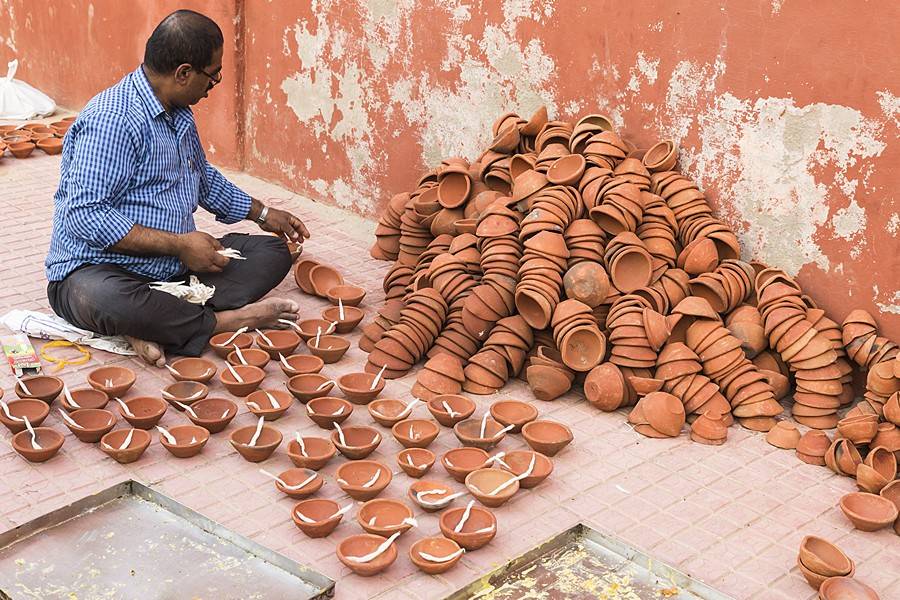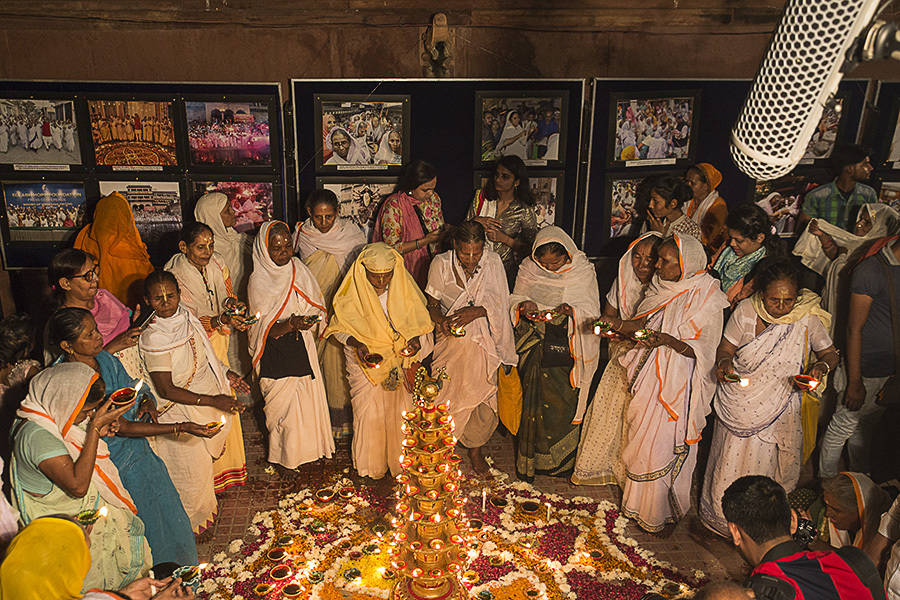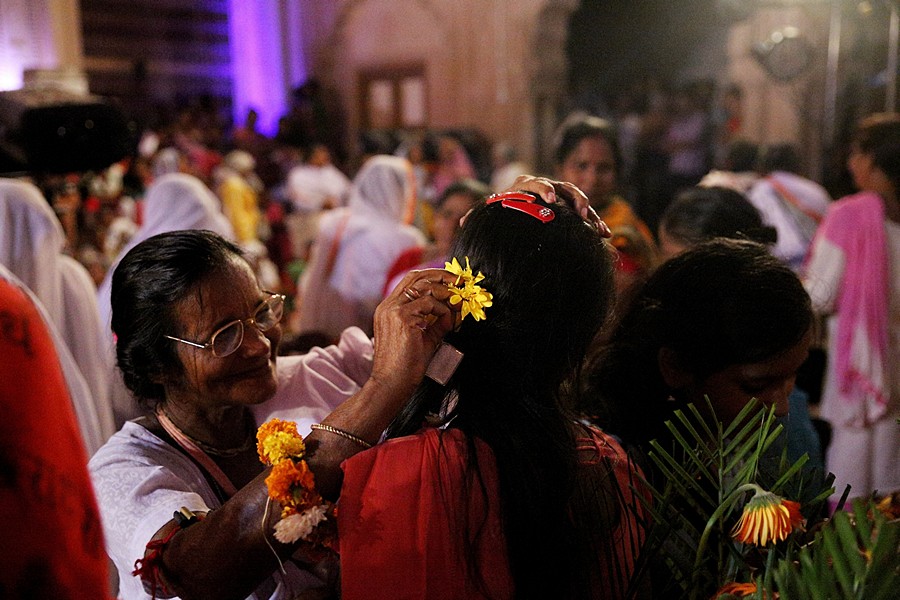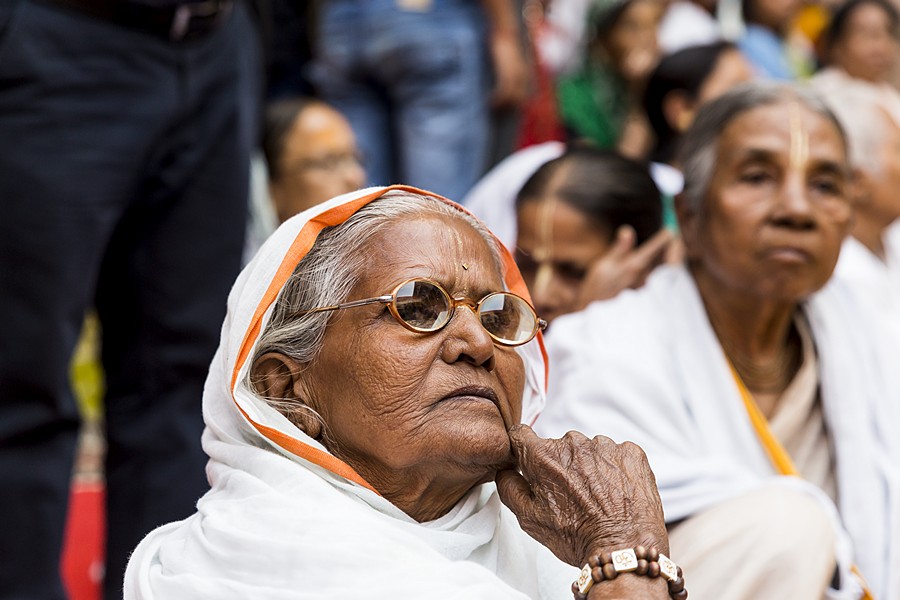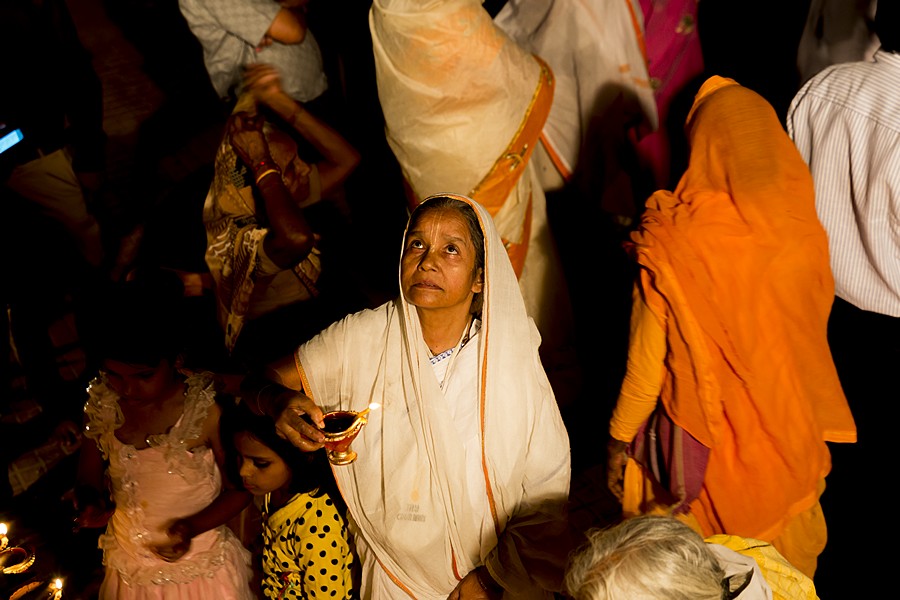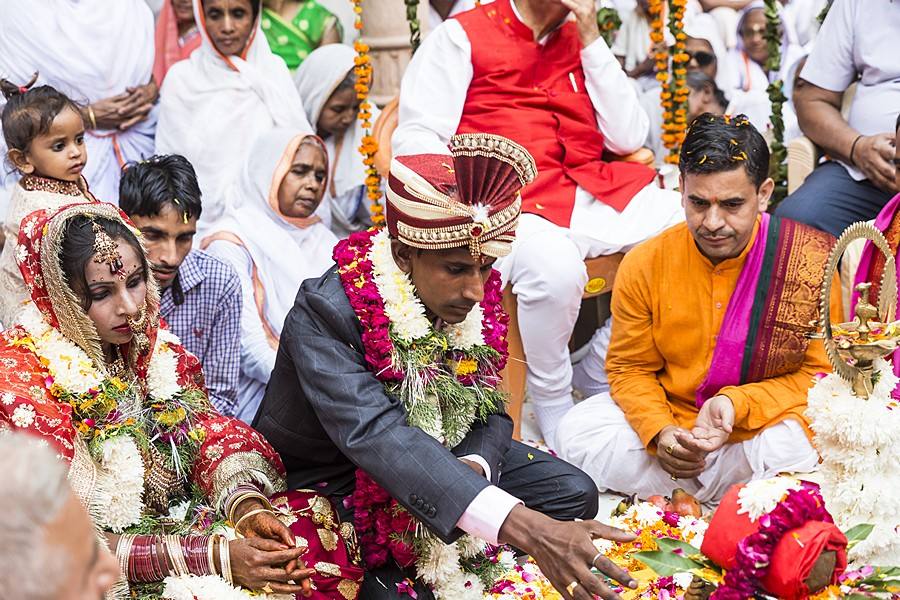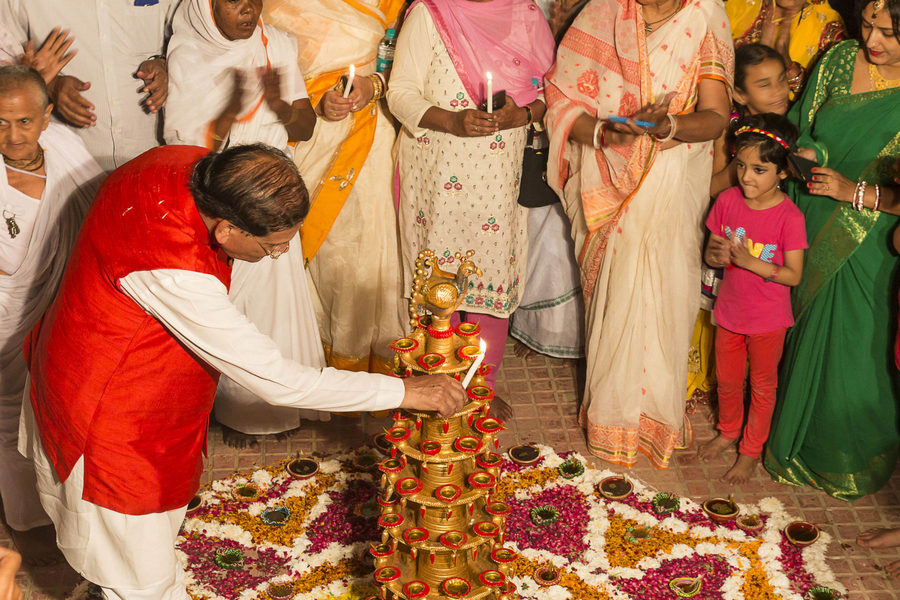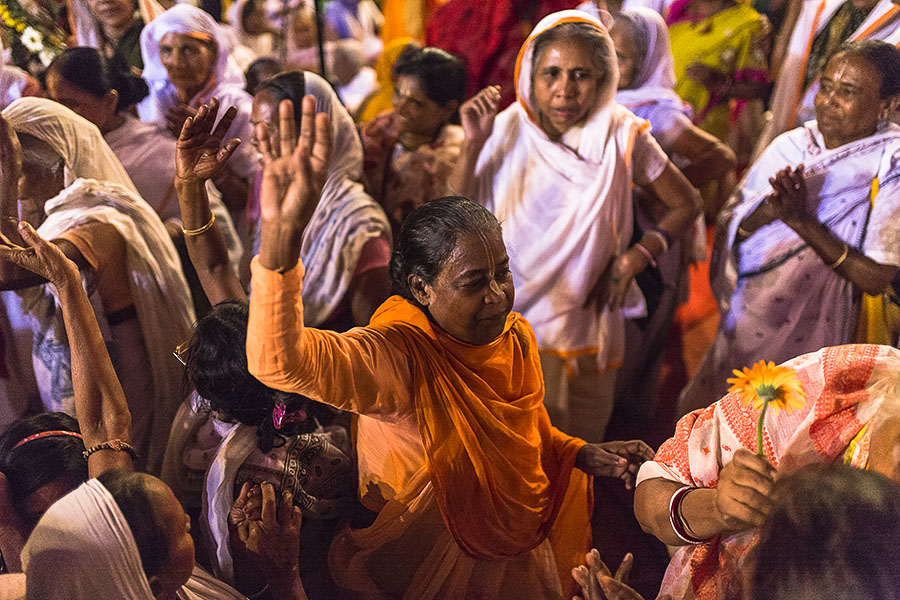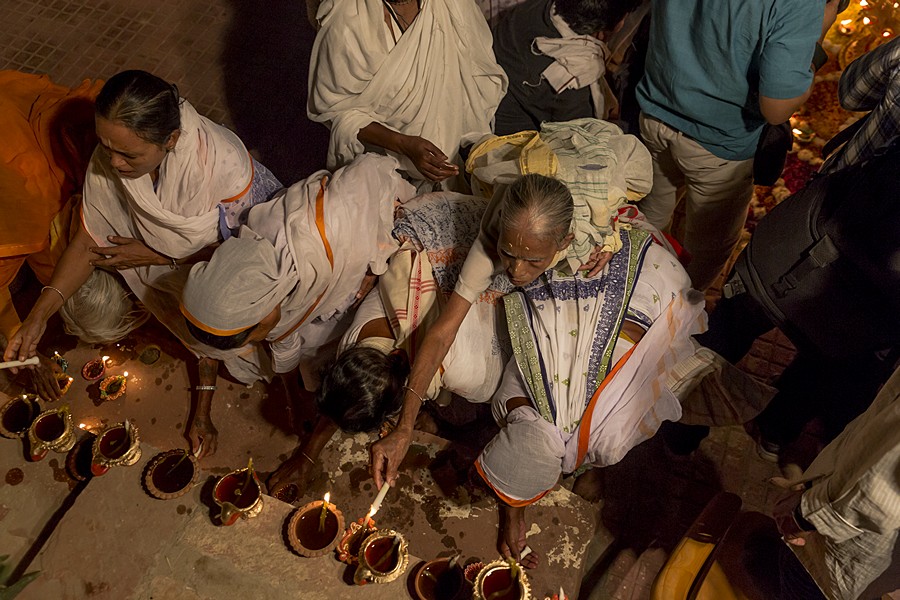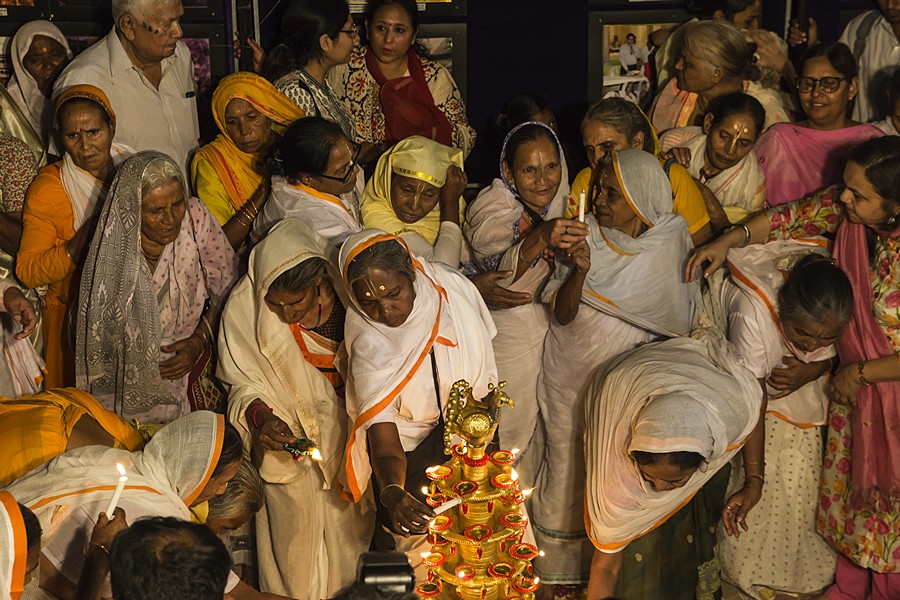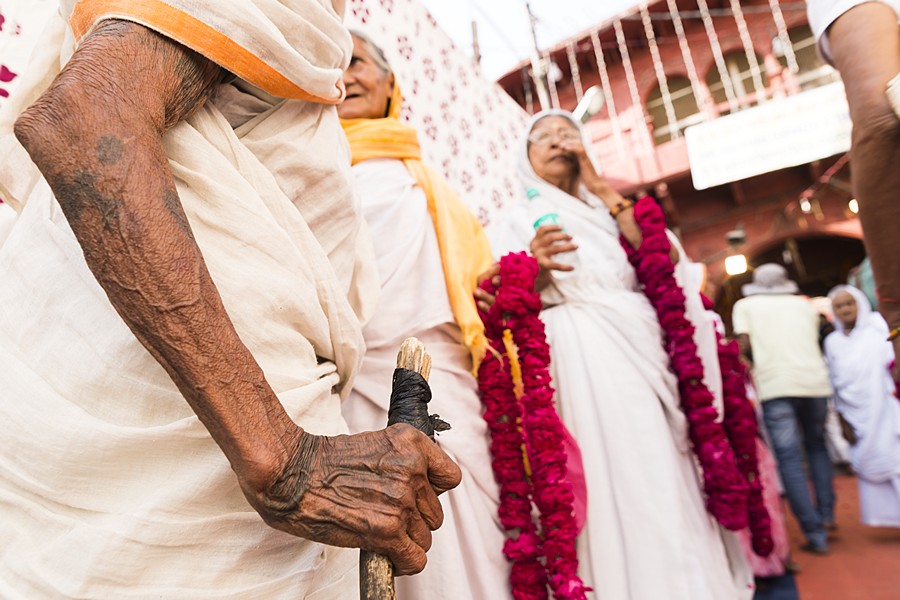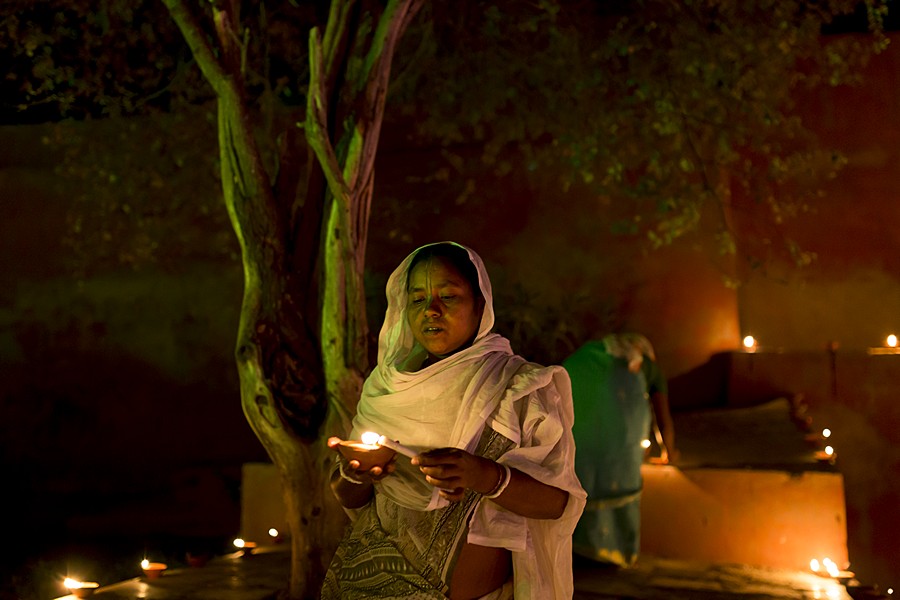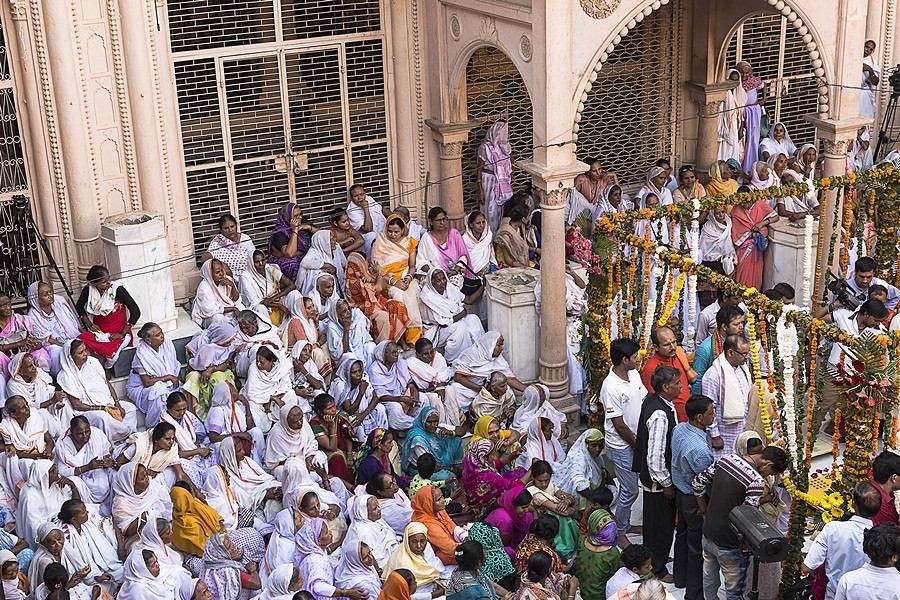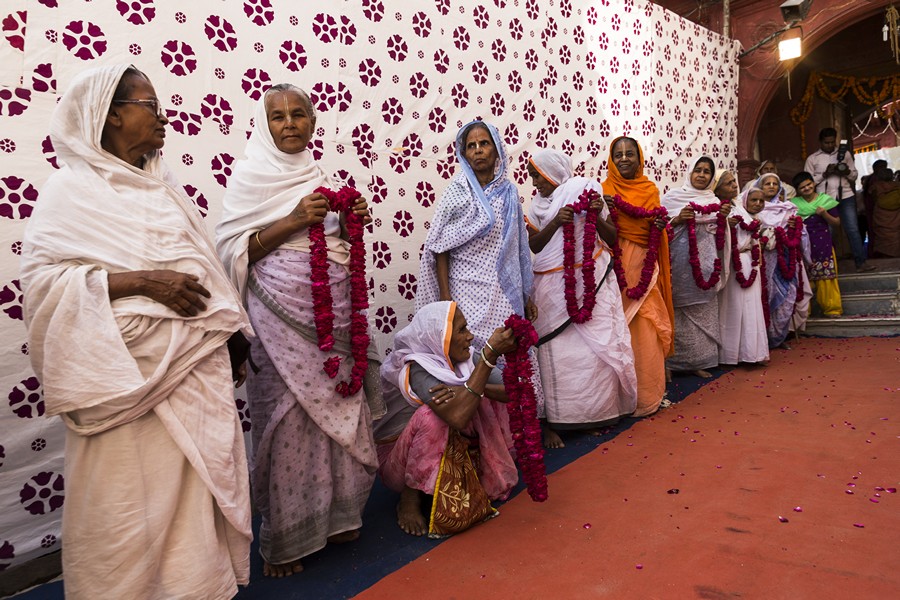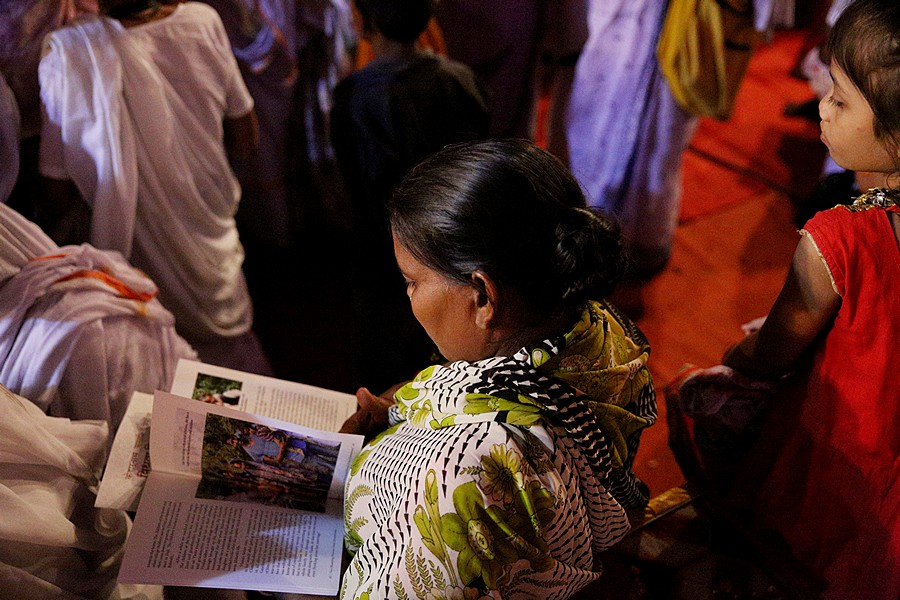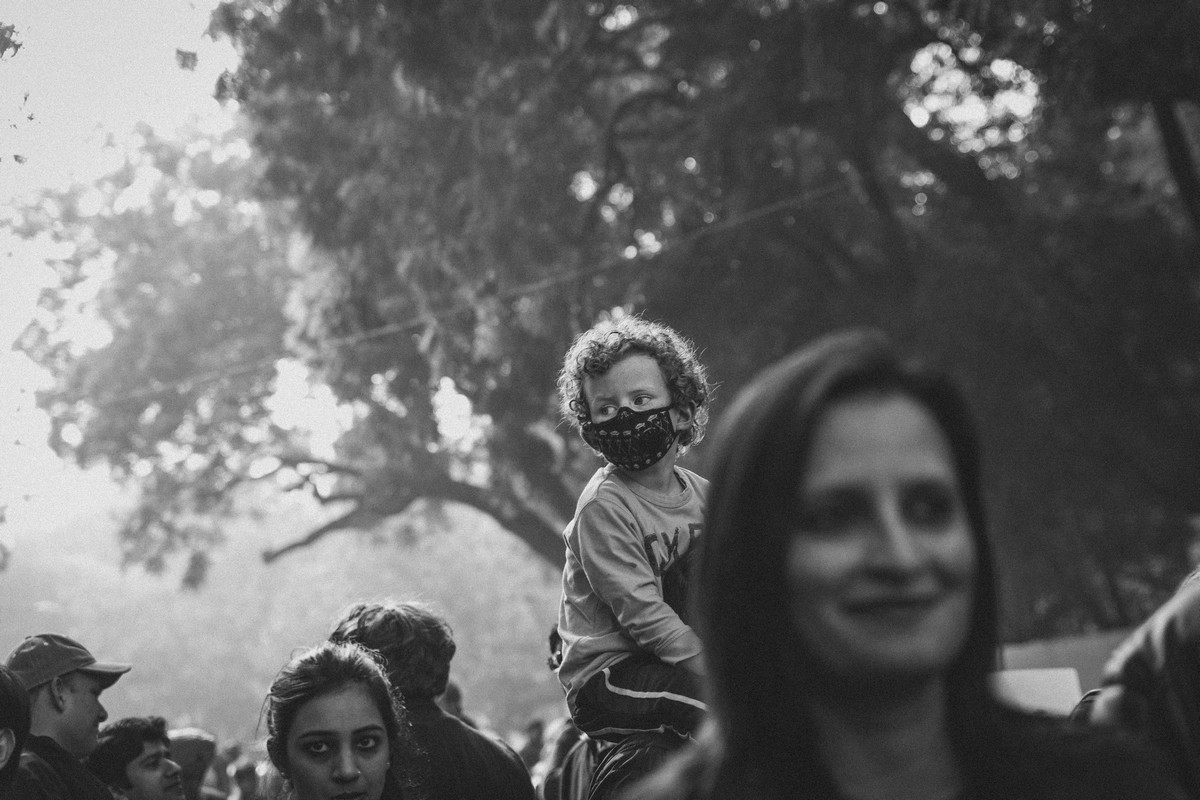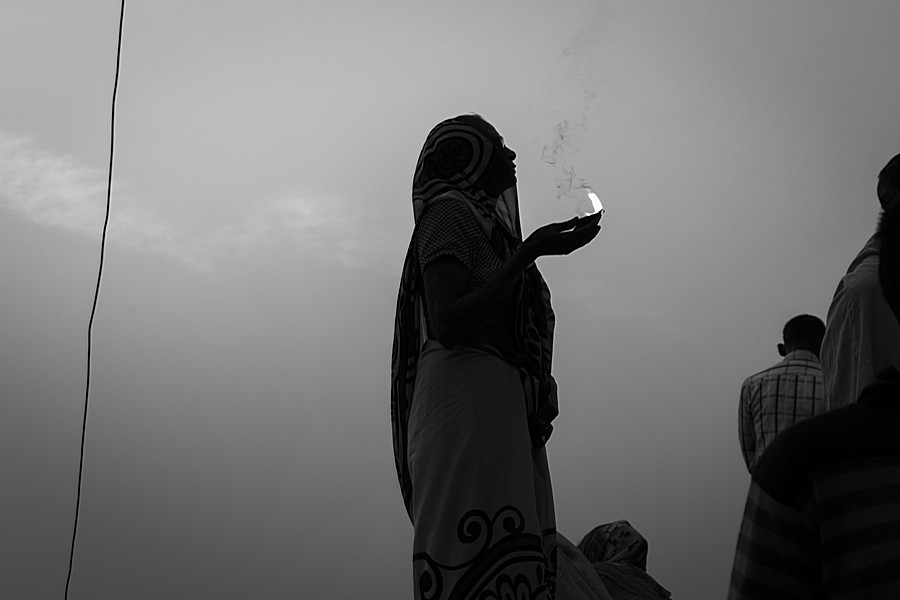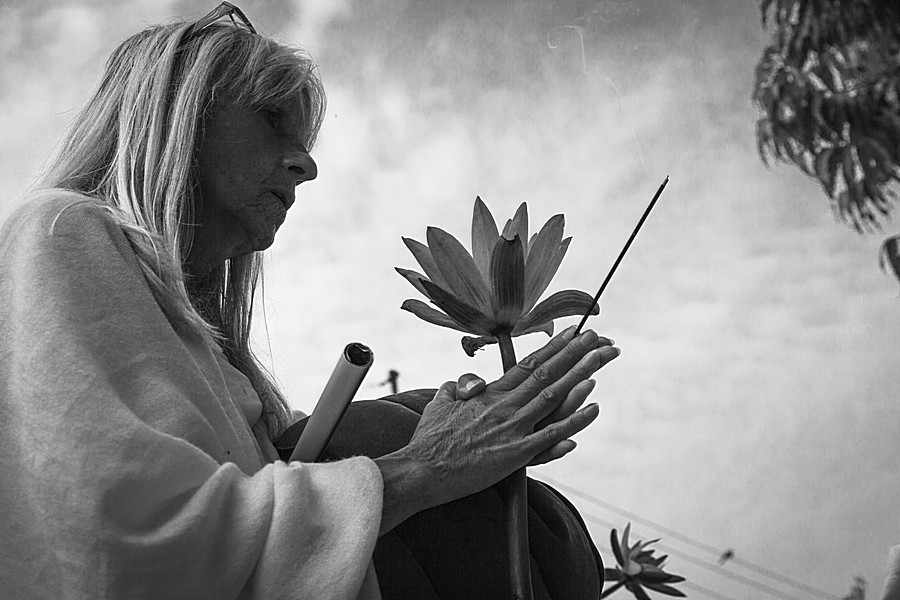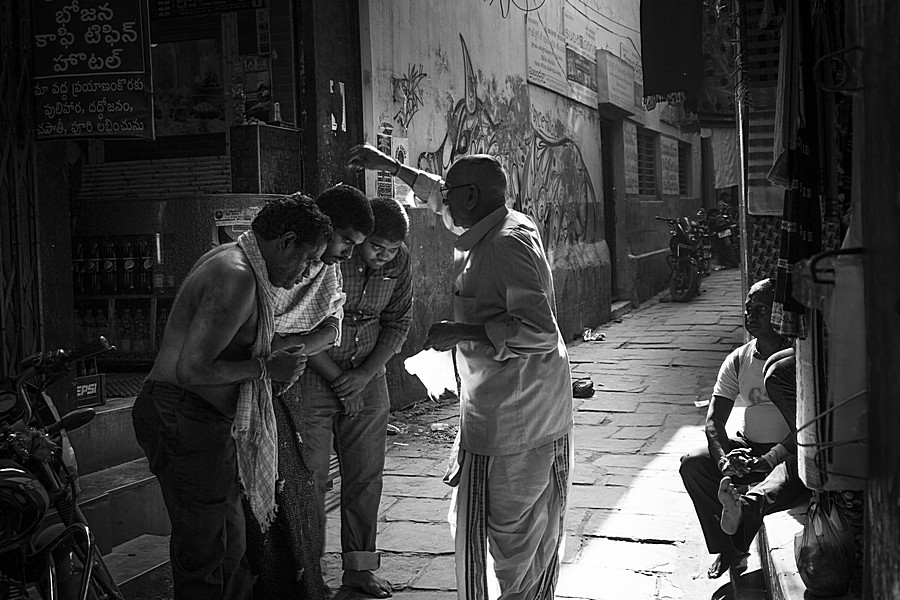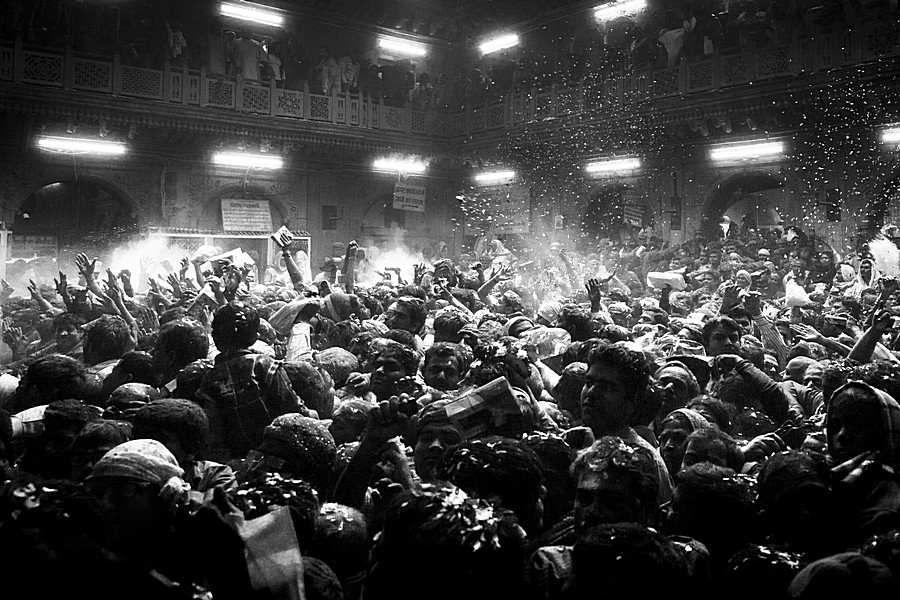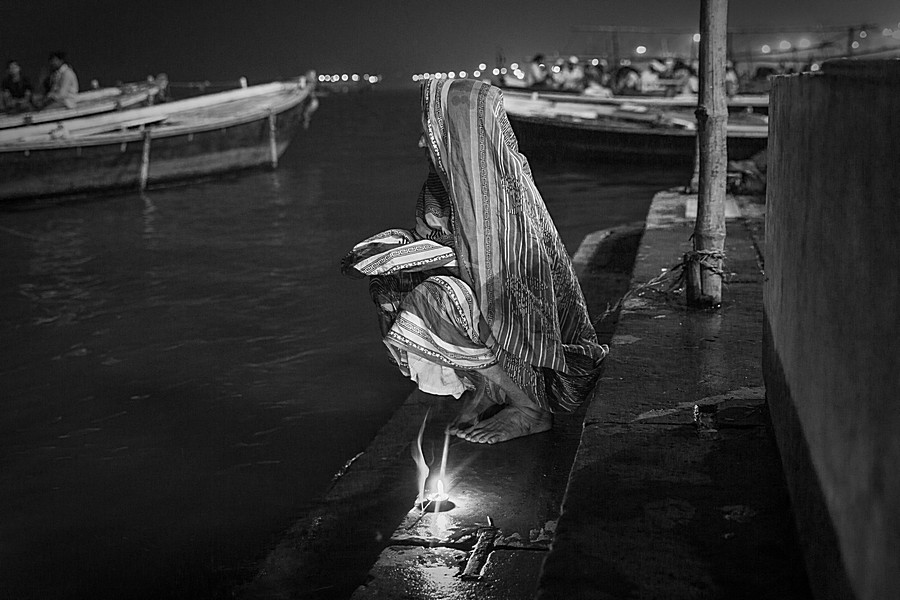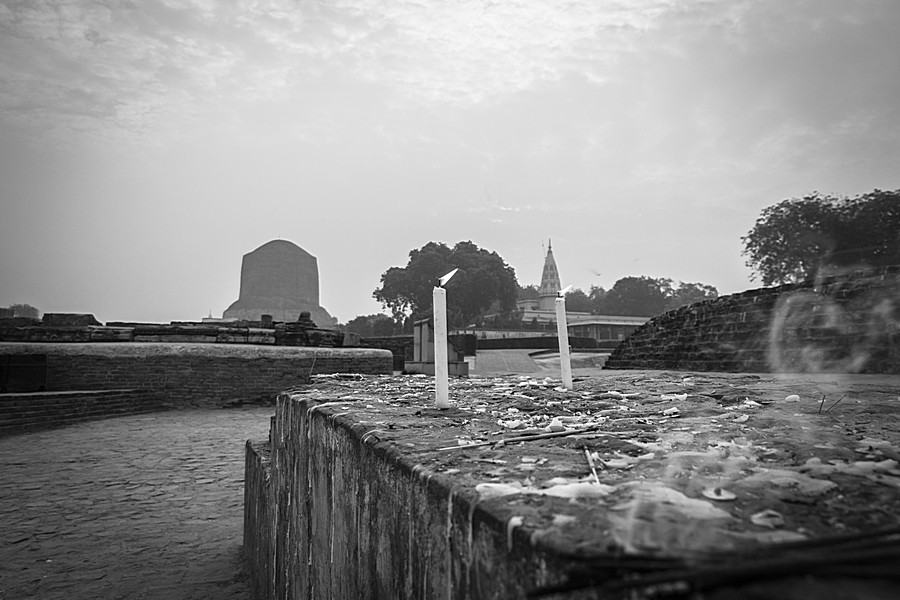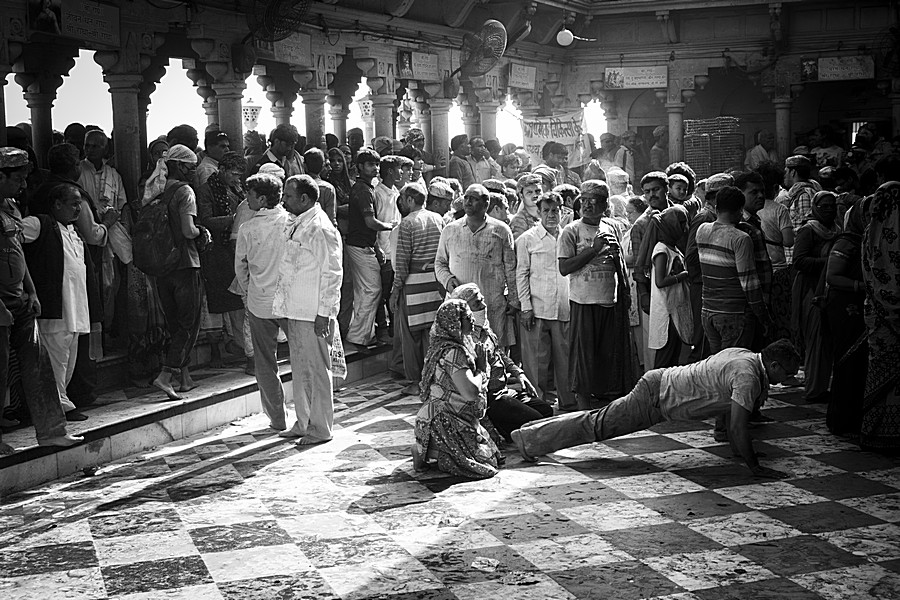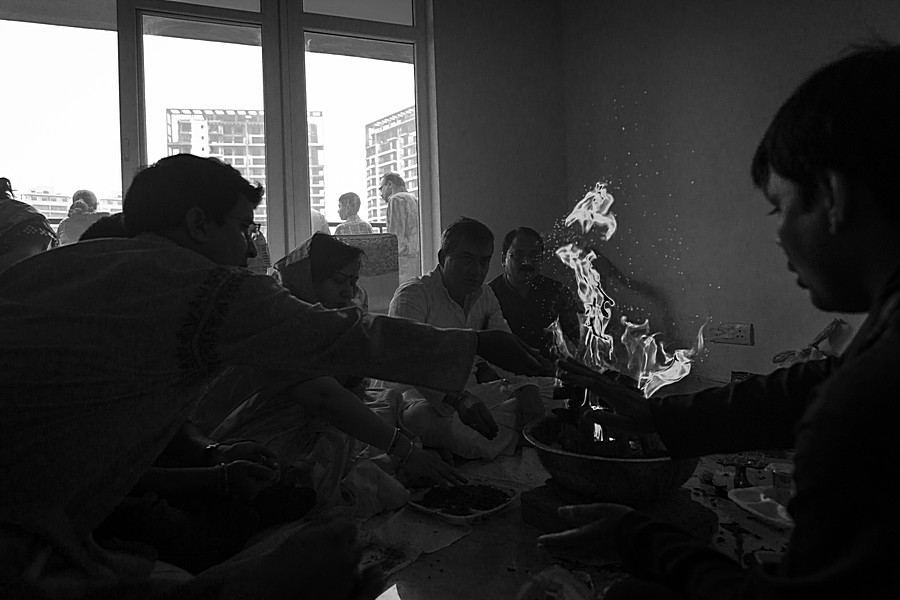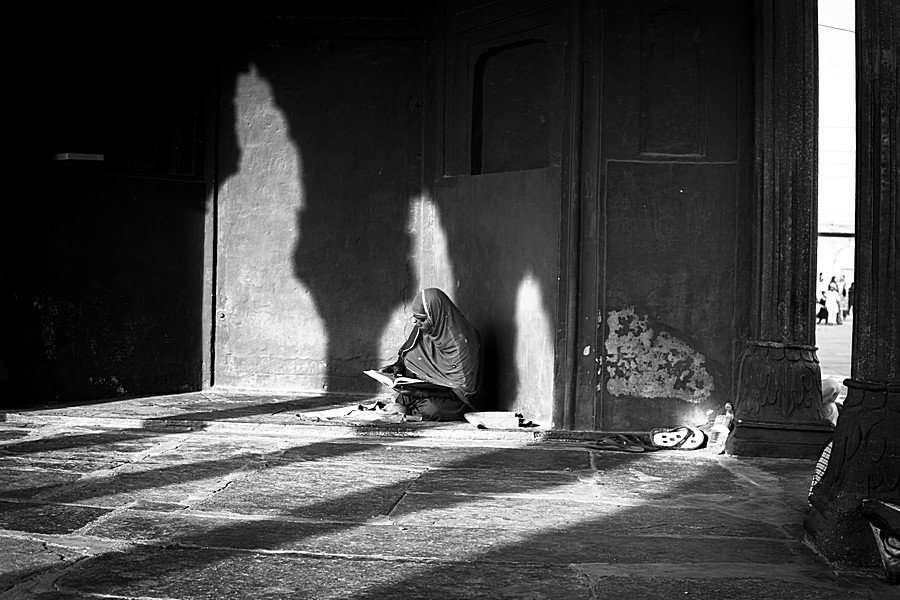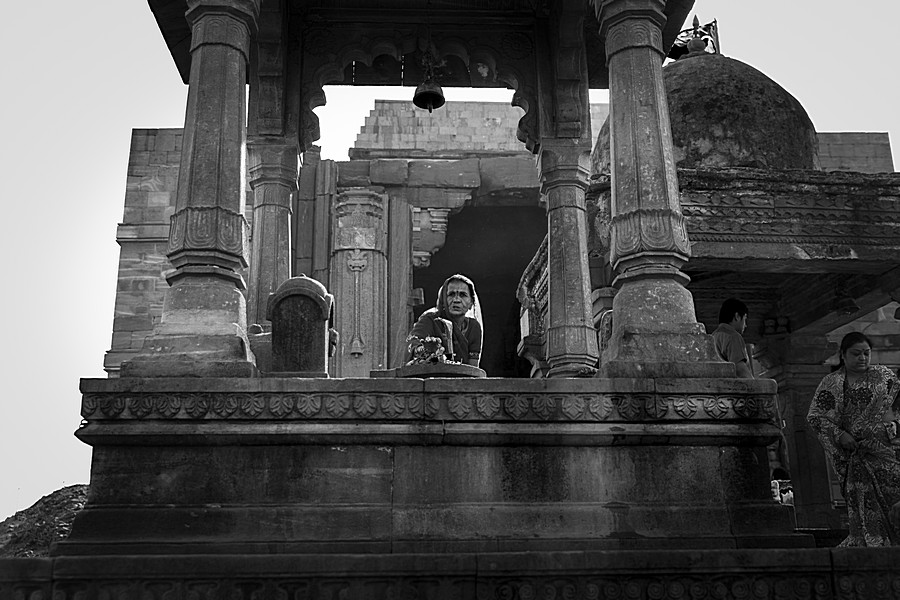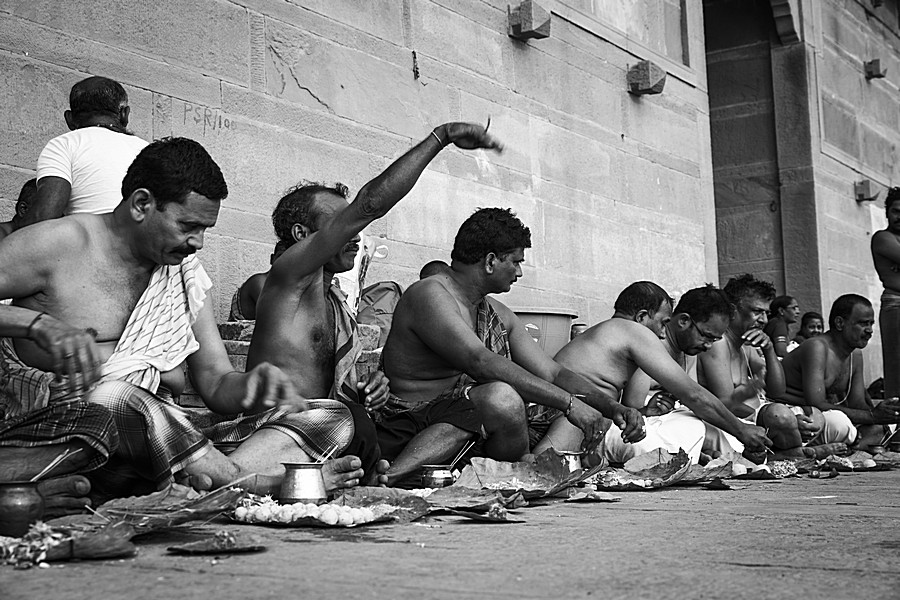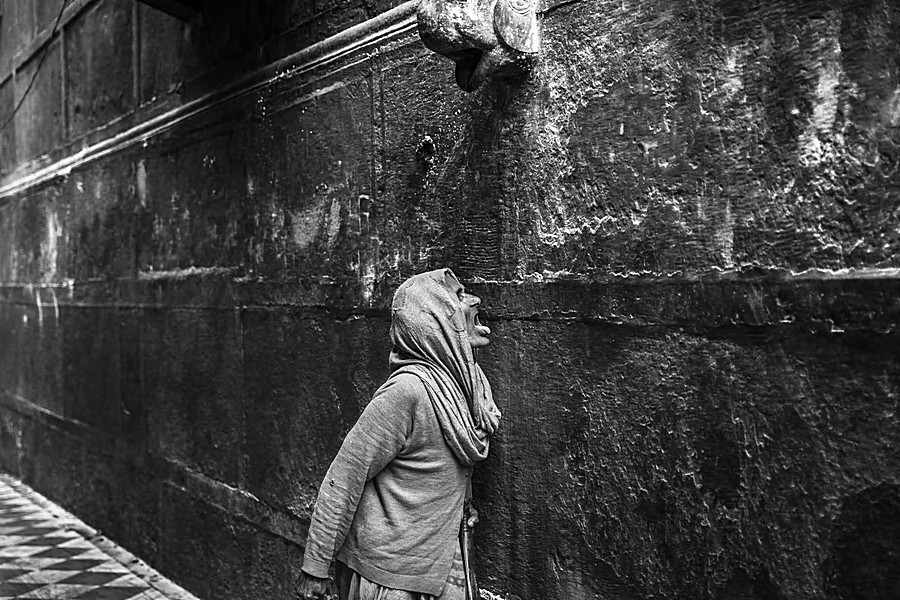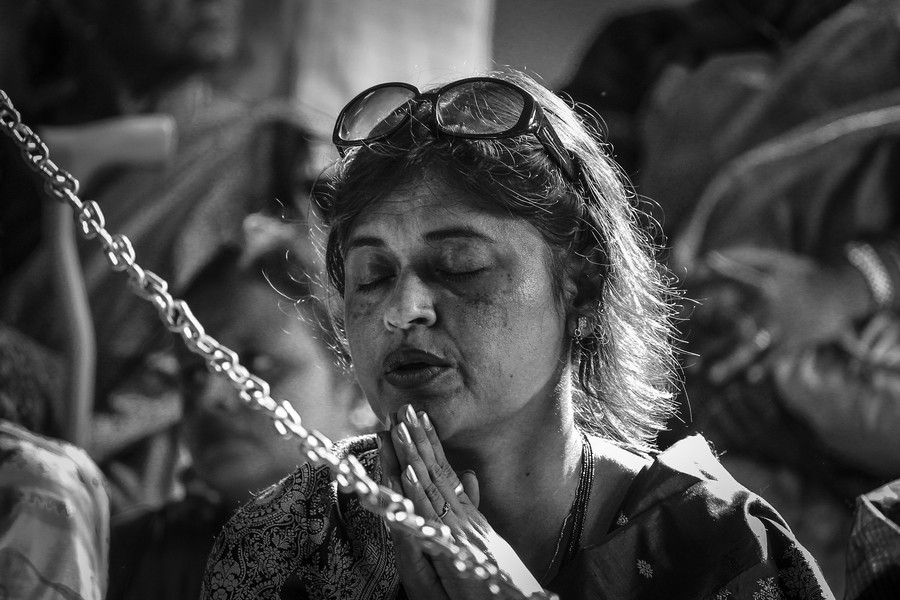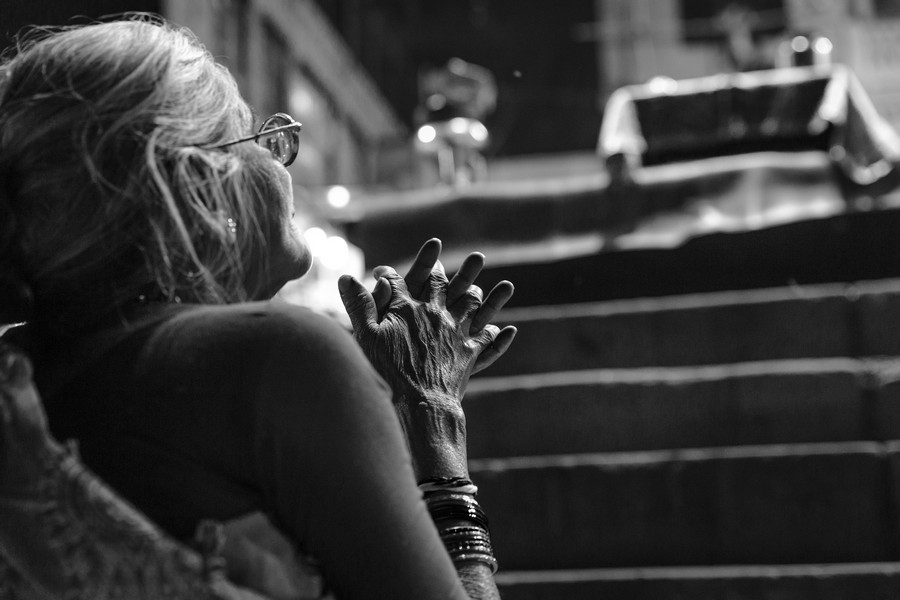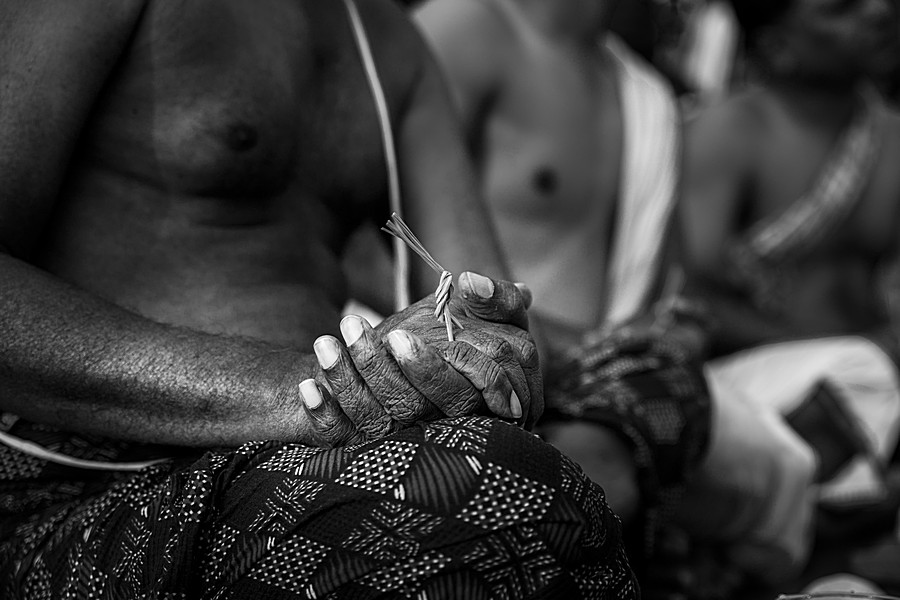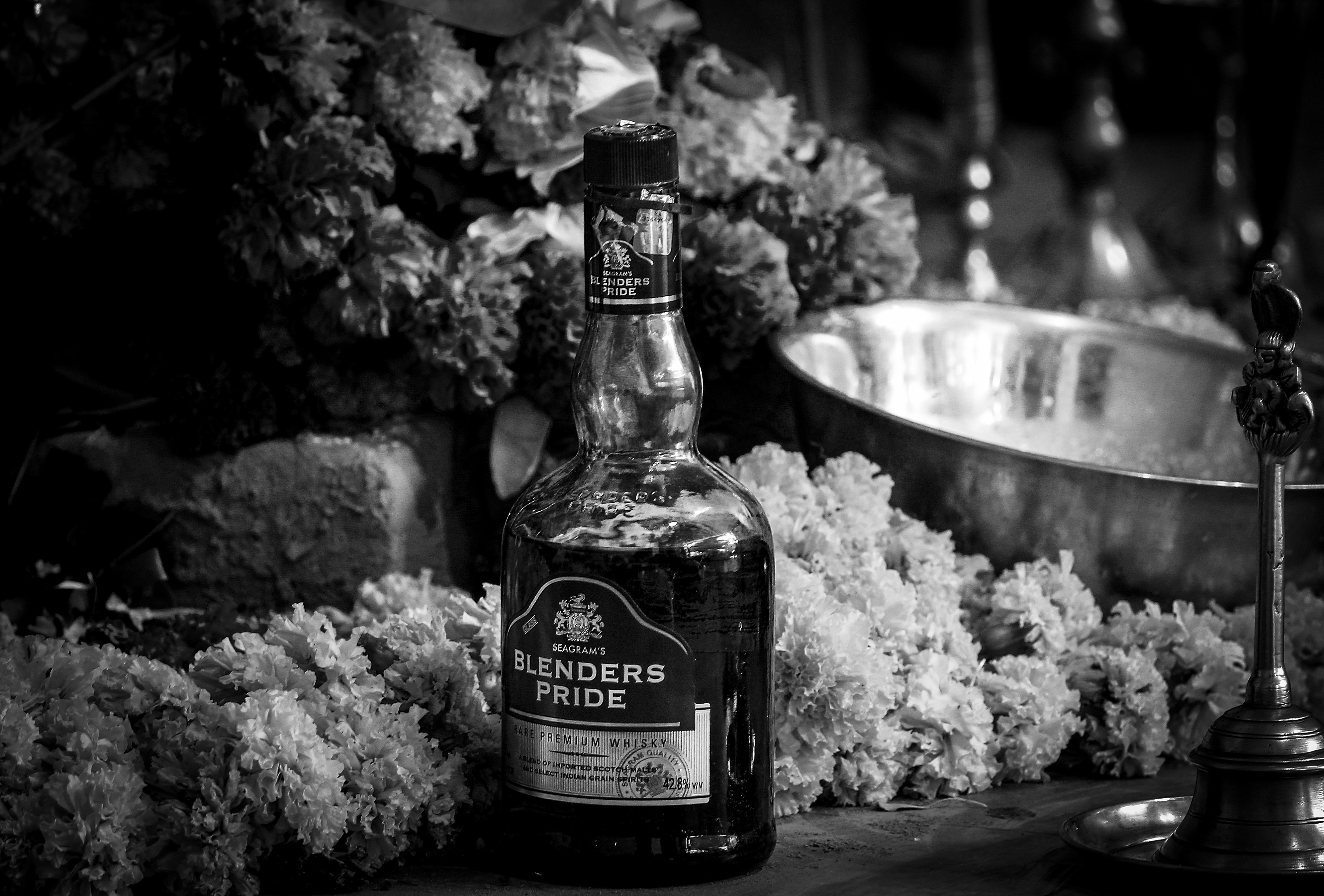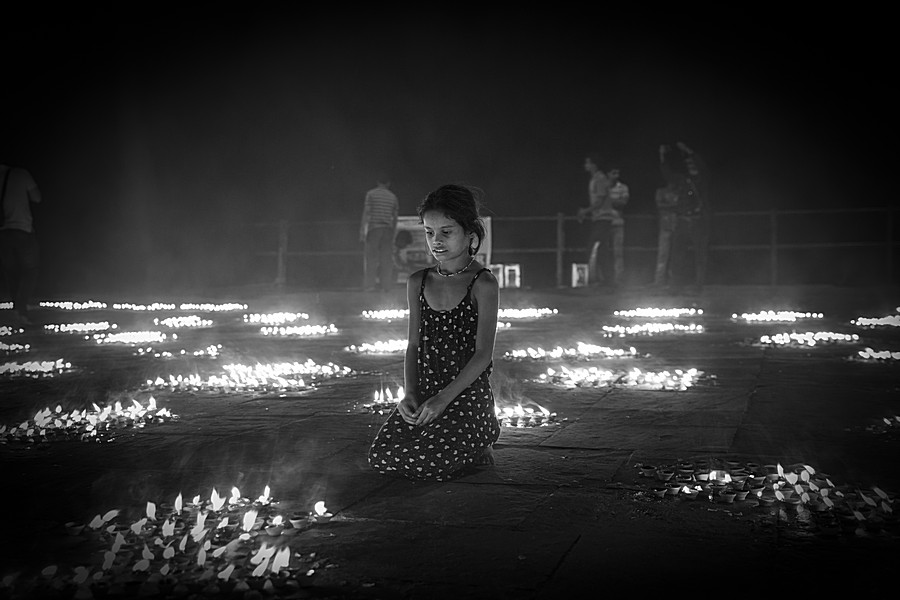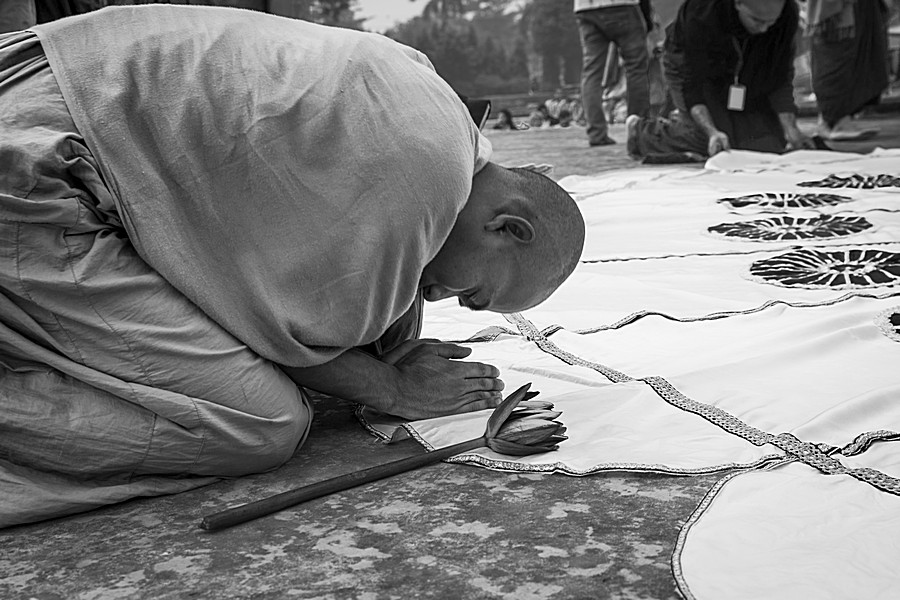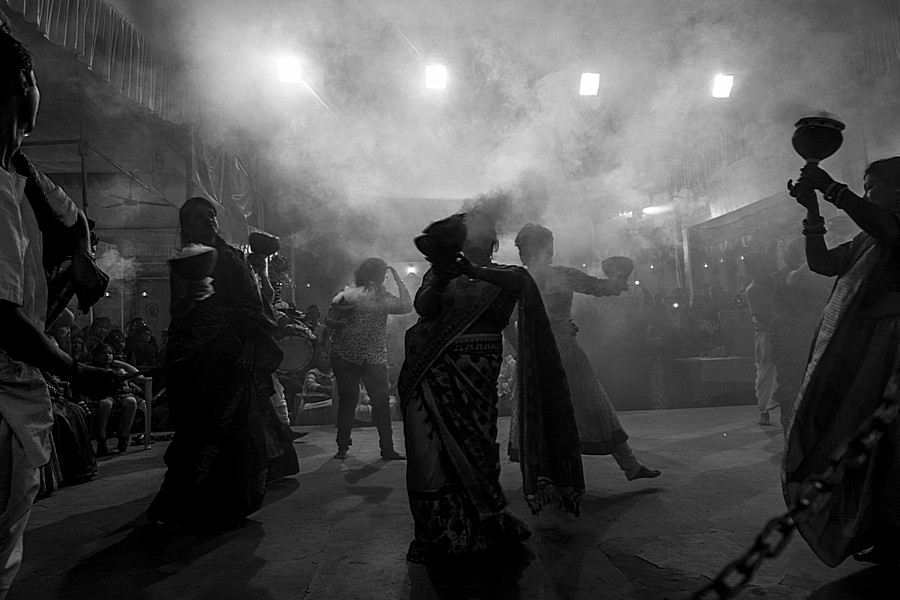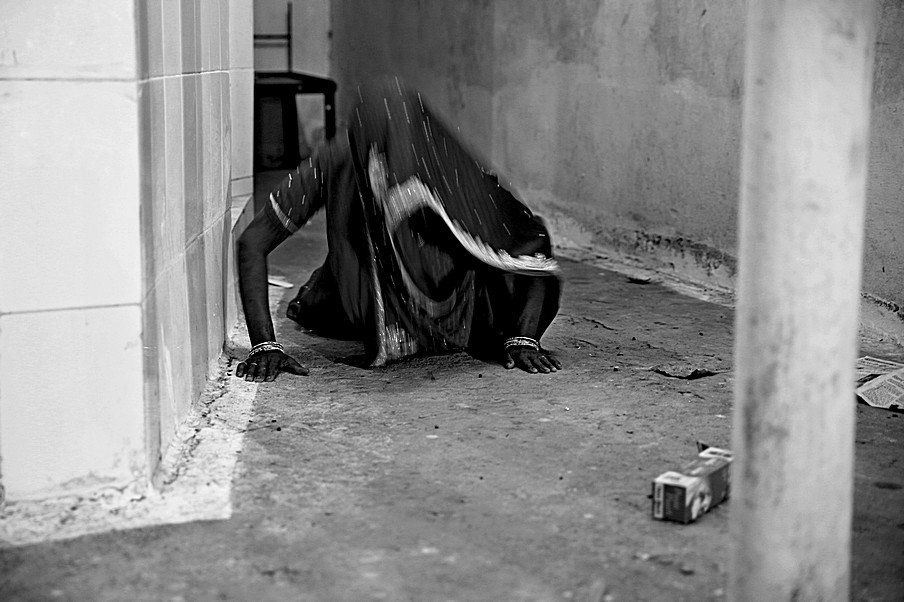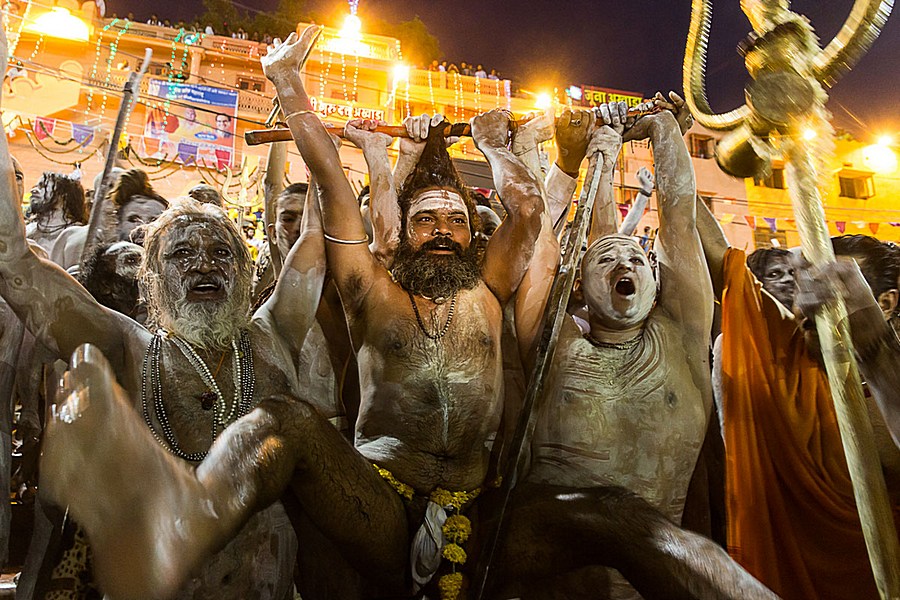
Simhasth
Simhasth
“Kumbh” in its literal English translation means “Pot”, which emerged from “Samudra Manthan” (Churning of the Ocean) between Gods and Devils. The term ‘Mela‘ signifies ‘Fair’.
Kumbh Mahaparv is held at four places in India – Haridwar, Prayag (Allahabad), Ujjain and Nasik. At Ujjain, Kumbh Mahaparv is specifically called “Simhasth Kumbh Mahaparv” because the Sun (in Sanskrit “Surya”) is in the zodiac Aries (“Mesh” in Sanskrit) and the Jupiter (“Brahaspati” in Sanskrit) is in the zodiac Leo (in Sanskrit “Simha”) when it takes place. There are ten unique and uncommon yogs which exist and facilitate the organizing of Simhasth Kumbh Mahaparv.
This time Simhasth Kumbh Mahaparv is going to take place from April 22nd to May 21st 2016(in Sanskrit Chaitra Shukla Purnima – Vaishakha Shukla Purnima, Vikram Samvat 2073). The holy dip in river Kshipra is taken on the auspicious day at a defined time at which it is believed that ‘Nectar’ from ‘Kumbh’ was dropped in the pious river. It is believed that taking a dip in river Kshipra on this ocassion purifies the soul and overcomes all the sins.
Around 5 Crore (50 Millions) pilgrims from all walks of life are expected to join and take holy dip. Pilgrims visit the “Mahakaleshwar” Jyotirlinga and other ancient temples in and around Ujjain and thereafter they find spiritual solace in ‘Satsang’ and ‘Sankirtan’ in Mahaparv Kshetra (Mela Kshetra) with great Sadhus.
Traditionally, Simhasth Kumbh Mahaparv is celebrated by various Akharas, where “Peshwai” (Procession) begins in its full glory. The heads of Akharas join the procession on silver throne (Simhasanam) on elephants. It looks magnificent with the presence of armed Sadhus on horses and camels followed by Sadhus, hermits and devotees. Peshwai completes at the Ram Ghat area on the banks of river Kshipra.
India’s philosophy Vasudhaiva Kutumbakam, or world family has guided the nation since Vedic times. Heartening to note that over the past few years many other Sampraday (sects) other than Sanatan Dharma are participating in Simhasth Kumbh with the same enthusiasm and harmony as the Sadhus and pilgrims of Sanatan Dharma. The efforts are on to bring the golden days back when Ujjain was the Capital of the region from Egypt to Indonesia. This festival perfectly shows the diversity and unity of rich Indian culture.
Here is the lifetime experience & enlighten your mind, body and soul.
